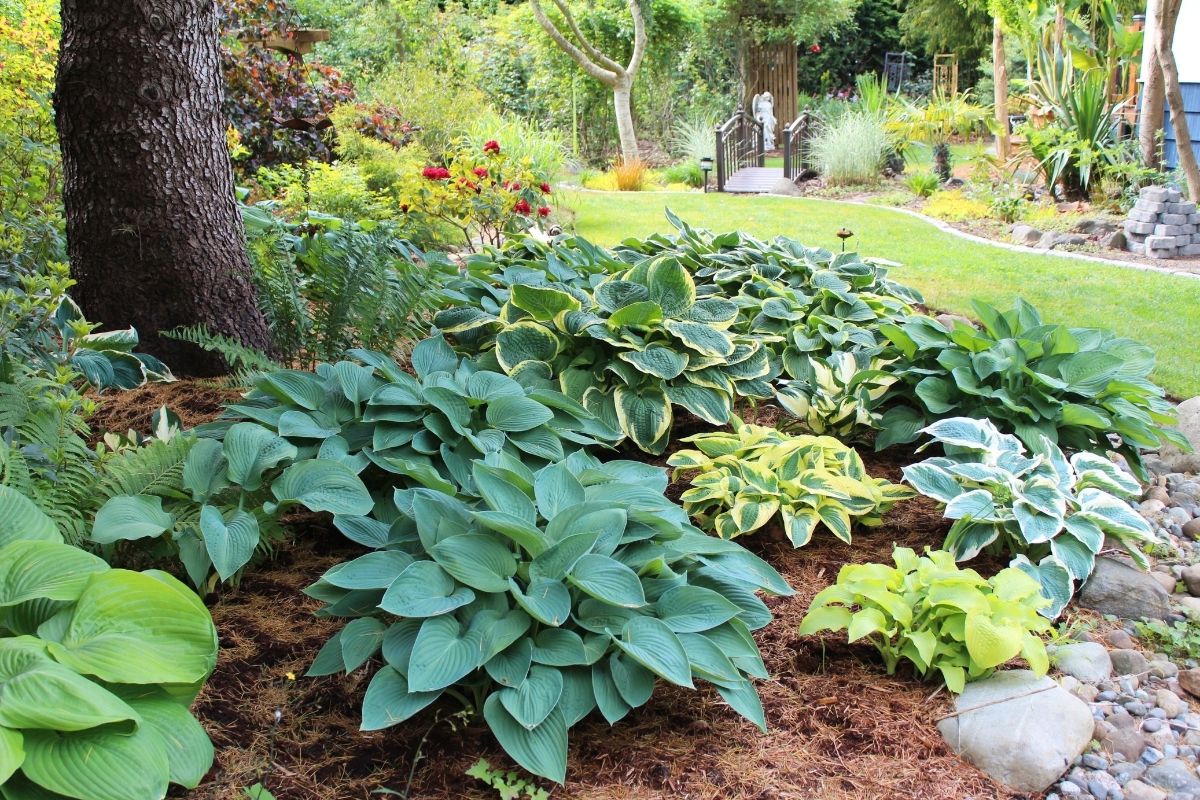
101 Shade Loving Perennials To Brighten Up Shady Spots
The key to a beautiful garden is understanding what grows well given the space and lighting that you have. If your landscape has deciduous trees, tall mature shrubs, faces north, or receives minimal sunlight, you know exactly what I’m talking about!
Shady areas in your garden have limited light and yet there are so many wonderful plants that will thrive within those conditions. Shaded gardens give you lots of opportunities to play with striking colours despite the lack of sunlight.
With a bit of extra planning, you can relax in a peaceful garden retreat that plays to its shaded strengths. By incorporating plants that thrive in low light conditions, you can transform any shady corner into a lush garden oasis.
Table of Contents
Lighten Up the Place! Start with a Spring Garden Clean Up…
I know I just said, work with what you’ve got – but let’s try and lighten up the place before we start selecting our shade loving plant varieties! Prune back any large canopy shrubs or trees while they are still dormant. Remove growth from the edges of the canopy, but also any broken stems from the interior. This type of selective pruning will allow for better air flow and allow light to filter into your garden space. Read more about spring clean-up tips.
An alternate source of light that can be added to your garden is a water feature! Calming and reflective, water features can add serene sounds to your garden while amplifying the light that gets reflected off the ripples in the water.
Most of all, rely on plants that showcase bright foliage and a variety of textures. Stand-out contrasting colours and vivid leaves work wonders when it comes to adding a brightness to your garden space. Set against a backdrop of deciduous leaves and more muted evergreen tones, vivid plant colours will draw the eye, while textured foliage creates multi-dimensional interest. Before you jump through our shade perennials to add to your wish list, keep reading….

Allium 
Actaea 
Violet 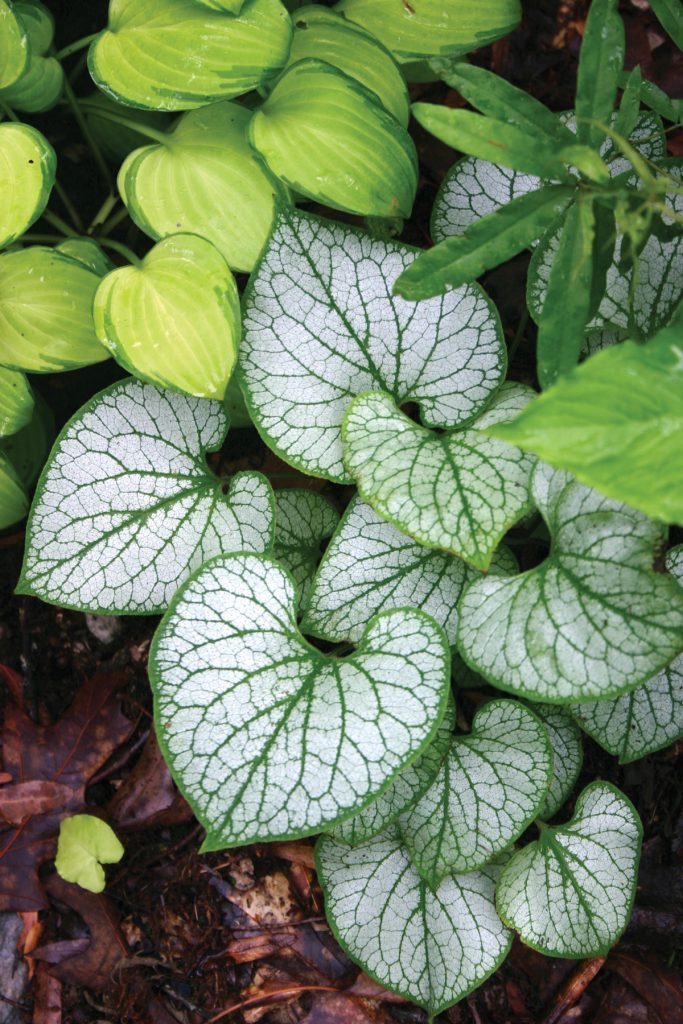
Brunnera
When deciding between the many types of shady loving plants we should add, we need to first assess the type of shade we are working with.
Shade can vary by season, and by time of day. Morning sun is cooler and preferred whereas afternoon sun is hotter, and few shade plants thrive in this condition. Also depending on the structures in and around your garden, the quality of shade will vary.
There are two main types of shade to consider when choosing plants to grow:
Light to Partial Shade
Shady for less than four hours a day. This could be an area where sunlight filters through leafy (deciduous) trees with high branches, an east or west facing slope, or the shady side of a building.
Full Shade or Deep Shade
These are areas where shade is constant and very minimal direct sunlight. Shade loving perennials are essential for any garden that doesn’t receive a lot of direct sunlight. Shade loving plants typically have large leaves that can take in low levels of light. They also tend to have more shallow root systems than sun-loving plants. Shade tolerant perennials include dicentras, ferns, heucheras and hostas. Shade plants can add both colour and texture to your garden, so don’t be afraid to experiment! The key is to choose plants that will grow well in the space and lighting that you have. With a little bit of planning, you can create a beautiful garden that will thrive for years to come.
View our shade loving perennial favourites below.
Dicentra spectabilis Gold Heart (Bleeding Heart)
The exquisite, brilliant gold leaves of Dicentra spectabilis Gold Heart are a standalone winner in your shady garden. Heart-shaped rosy pink flowers hang care-freely from this dicentra’s peachy stems and brilliant lime green foliage. The blooms start in mid spring and last into summer, and Gold Heart grows to 60 cm (24”) tall and 90 cm (36”) wide. Plant in well-draining, nutrient rich soil in an area that offers lots of shade. The vibrant foliage and sweetheart blooms will add splashes of cheer and brilliance to darker areas of your garden.
Heuchera villosa Caramel (Coral Bells)
Heucheras have become wildly popular for their range of colour and evergreen foliage. As easy to grow, compact mounds of brightly coloured foliage they are a favourite in any garden with low light conditions. Heuchera villosa Caramel is a stand out for its apricot coloured foliage that transitions to a rich golden butterscotch. While the light pink flowers emerge in the summertime, the foliage adds continuous colour and interest to your garden all year long. Perfect in mixed planters, borders and open woodland gardens, Caramel is extremely versatile and grows to about 50 cm (20”) in height and 40 cm (16”) in width.
Heucheras are so versatile and come in a variety of colours!
- Interested in adding texture to your garden? Check out Heuchera (Coral Bells) Frilly.
- Loving the bright green foliage? Check out Heuchera (Coral Bells) Lime Rickey.
- Wanting to add more gem tones to your garden? Check out Heuchera (Coral Bells) Berry Smoothie.
Matteuccia struthiopteris (Ostrich Fern – Fiddlehead Fern)
I fernly believe that your shade garden is not complete without a fantastic and fluffy fern! All puns aside, low maintenance ferns grow wonderfully in deep shade and Matteuccia struthiopteris is no exception. The bright green foliage is shaped like ostrich plumes (hence the common name Ostrich Fern) and grows to 120 cm (48”) tall and stretches out to about 90 cm (36”) wide. Matteuccia is very hardy, native to North America and thrives in woodland areas with rich soil and lots of water. Matteuccia struthiopteris will add the perfect amount of texture and dreamy green foliage to your garden oasis.
- Looking for some silver to shine in the shade? Check out Athyrium (Lady Fern) Godzilla.
- Bring on the lime green – add Athyrium (Lady Fern) Limelight.
- Something a little different is the rose gold tones with Dryopteris (Autumn Fern) Brilliance.
Pulmonaria Sissinghurst White (Lungwort)
The delicate clusters of white bell-shaped blooms that form in early spring make Pulmonaria Sissinghurst White a delightful addition to your low light landscape. Reaching a height of 25 cm (10”) once mature, the dark green foliage of Sissinghurst White is dappled with delicate white freckles. These contrasting foliage colours add interest amongst more muted backdrops. As a perennial, this plant goes dormant in the fall and the foliage dies back to the crown each winter, only to burst with new foliage in spring. So, tread carefully throughout your garden in winter as it may be hard to spot!
Hosta Fire and Ice (Plantain Lily)
Hostas have been a garden staple for years and that is thanks to their hardiness, ease of growing and vast range of colours. There are hostas available in a dizzying array of sizes from garden giants that are five feet wide to selections that would live perfectly in a dainty teacup. The colour palette is from pristine white to sunny yellow, to verdant green through deep-sea blue and all the shades between. Our favourite for deep shade is the boldly contrasting Hosta Fire and Ice. The brilliant white whorls of leaves are edged in flames of deep green and grows to 75 cm (30”) wide and 50 cm (20”) tall. This mixed border stunner performs wonderfully in large containers too!
- Looking for a petite variety for a fairy garden space? Try Hosta Mini Skirt, it maxes out at 12 cm (5”) tall.
- How about a garden giant? Try Hosta Empress Wu – it is a stunner at 120 cm (4ft) tall.
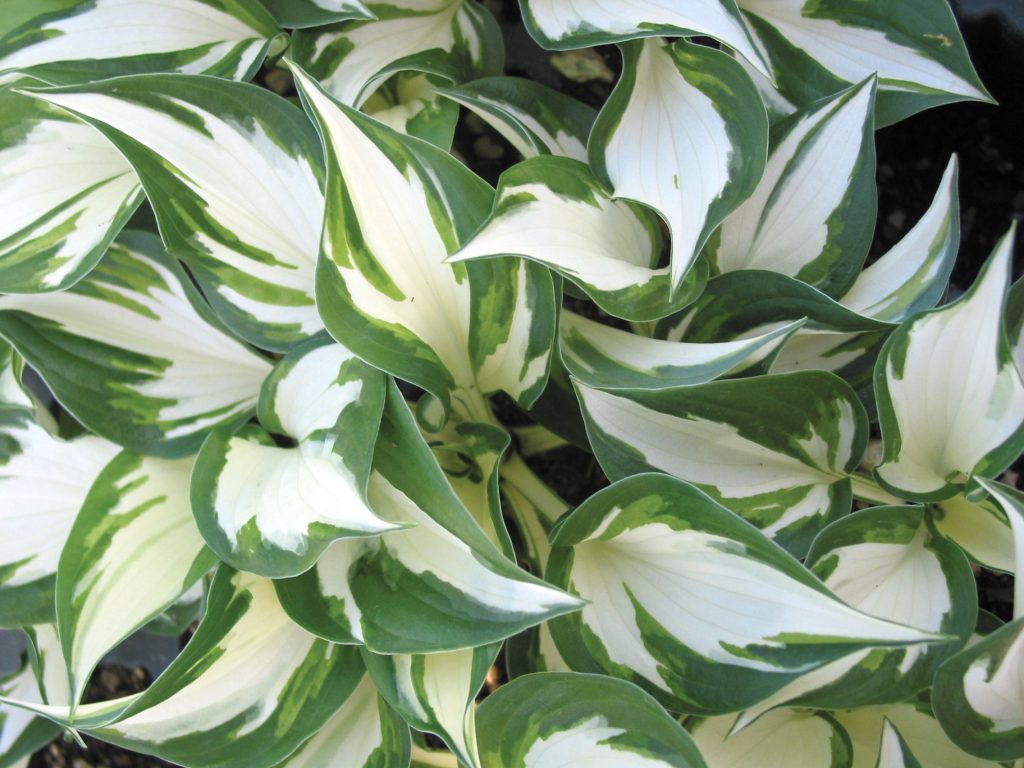
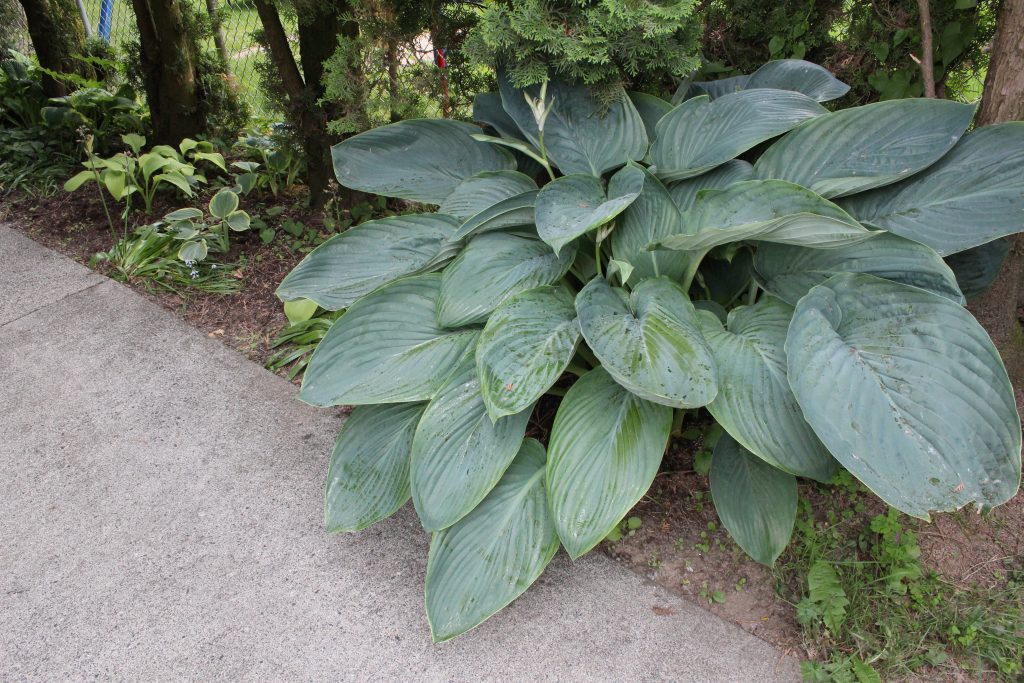

Image Courtesy of Walters Gardens 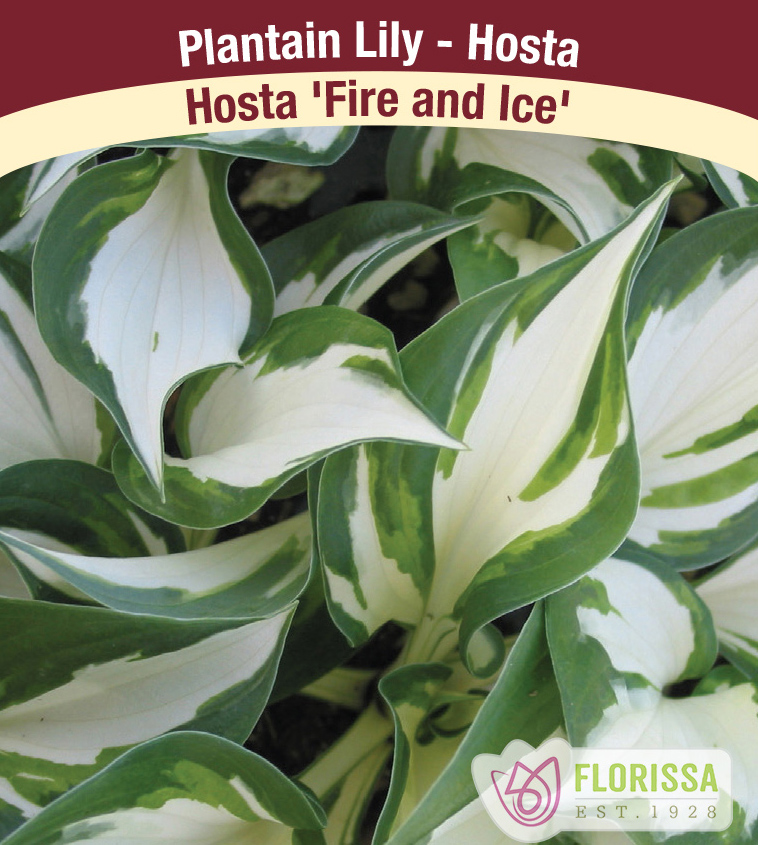
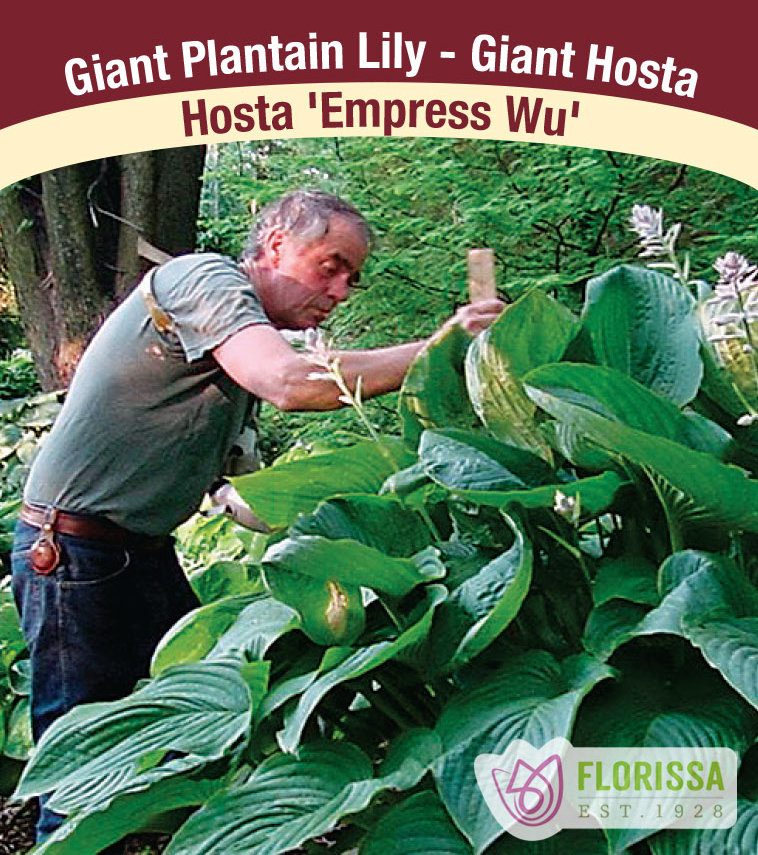
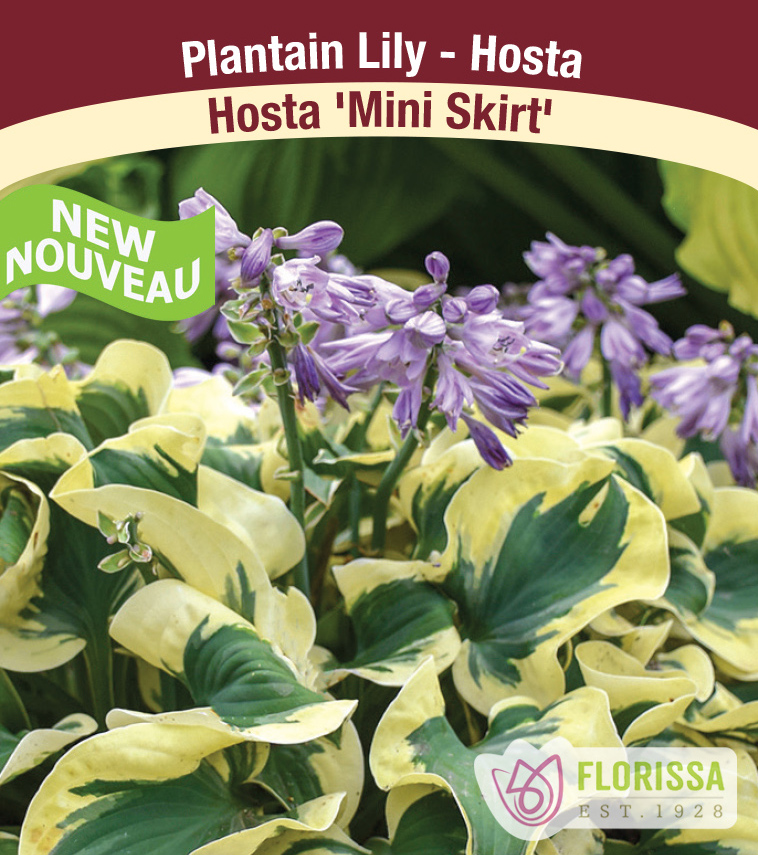
Thalictrum My Little Favourite (Meadow Rue)
Thalictrum My Little Favorite is a joy to see in bloom! My wildflower loving heart bursts when I see the magnificent sprays fill out my garden space in mid-summer. Its airy, open clusters of lavender puffs of blooms add elegance to areas with dappled shade. This petite Thalictrum grows best in rich, well-draining soil and can reach up to 50 cm (20”) in height and 30 cm (12”) in width. Thalictrum is not a dense plant (think see-through lace) and can be placed in between shorter perennials without taking over the scene.
Soil Preparation for Perennials
Prior to planting, it is essential to prepare your soil for the long-term success of the shade garden. Once plants are established, drainage and aeration are challenging to correct without removing the plants. Organic matter should be added to improve drainage and the quality of the soil. A layer of organic matter 10-15 cm (4-6”) deep, such as well-rotted manure, compost, peat moss, decomposed bark, or leaf mulch should be worked into the soil by digging or hand cultivating.
Another key consideration is the moisture retention of your soil. Many perennials are adaptable to soils with varying moisture levels, while other perennials are very specific to moisture levels. See our list for wet or dry conditions. You can learn how to prepare soil in our blog post “Soil Preparation Tips: How Do You Prepare Garden Soil for Planting? “
When it comes to gardening, maximize your shady spaces! These areas can be just as beautiful and inviting as those in direct sunlight. By incorporating plants that thrive in low light conditions, you can transform any shady corner into a lush oasis.
Pro Tip:
Pick varieties that bloom at different times, giving your garden many unique focal points at different times of year. A shaded garden can come with its challenges, but so too can a garden in full sun. Full sun means lots of extra watering in the summer heat, while you can breathe a sigh of relief and relax in a garden that’s a few degrees cooler. Gardening in shade has lots of potential and with these variety recommendations and tips, you are well on your way to creating your lush outdoor oasis.
Gardening in shade has lots of potential and with these variety recommendations and tips, you are well on your way to creating your lush outdoor oasis.
101 Shade Loving Perennials
Full to Deep Shade Perennials
For these garden spaces, emphasize foliage, colour and texture. These varieties will grow well in partial shade too.
- Aegopodium (Snow on the Mountain)
- Ajuga reptans (Bugleweed)
- Arisaema (Jack-in-the-pulpits / Cobra lily)
- Asarum (Wild Ginger)
- Astilbe (False Goat’s Beard)
- Brunnera macrophylla (Siberian Bugloss)
- Convallaria majalis (Lily of the Valley)
- Dicentra (Bleeding Heart)
- Epimedium (Barrenwort)
- Helleborus (Hellebore)
- Hepatica nobilis (Liverwort)
- Heuchera (Coral Bells) Heucherella (Foamy Bells)
- Hosta (Plantian Lily)
- Ligularia (Golden Groundsel)
- Lysimachia clethroides (Gooseneck Loosestrife)
- Mertensia virginica (Virginia Bluebells)
- Parthenocissus quinquefolia (Virginia Creeper)
- Polemonium (Jacob’s Ladder)
- Polygonatum (Solomon’s Seal)
- Pulmonaria (Lungwort)
- Tiarella (Foam Flower)
- Tricyrtis (Toad Lily)
- Trillium (Trillium)
- Veronica spicata (Speedwell)
- Vinca minor (Periwinkle)
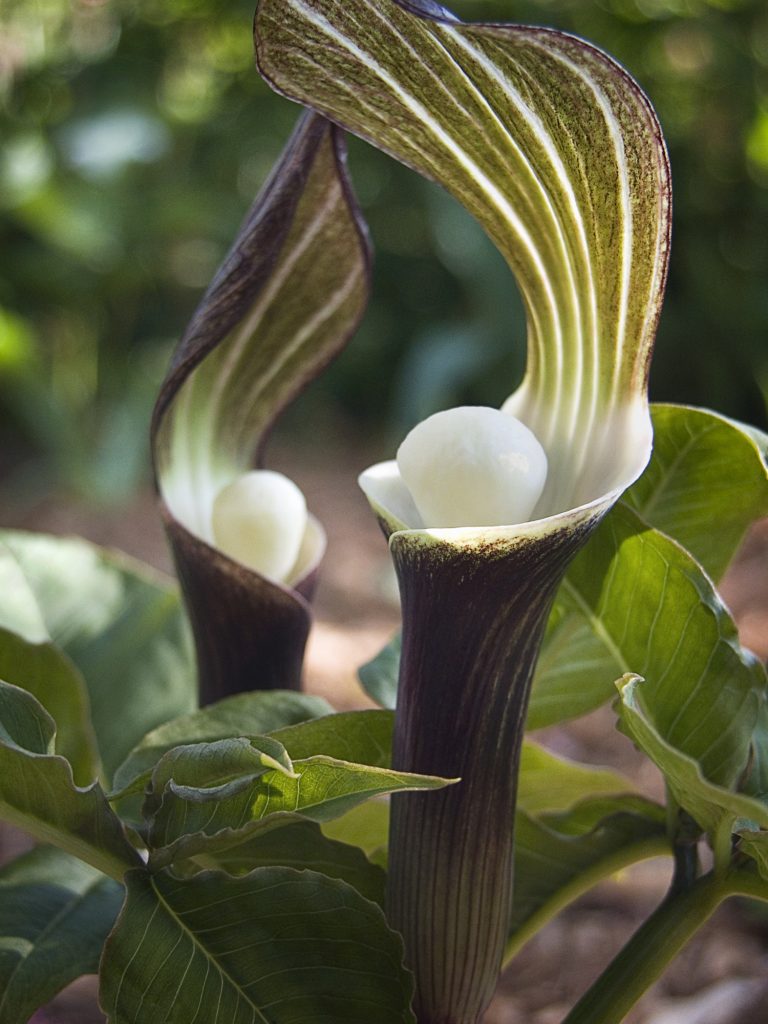
Arisaema 
Astilbe 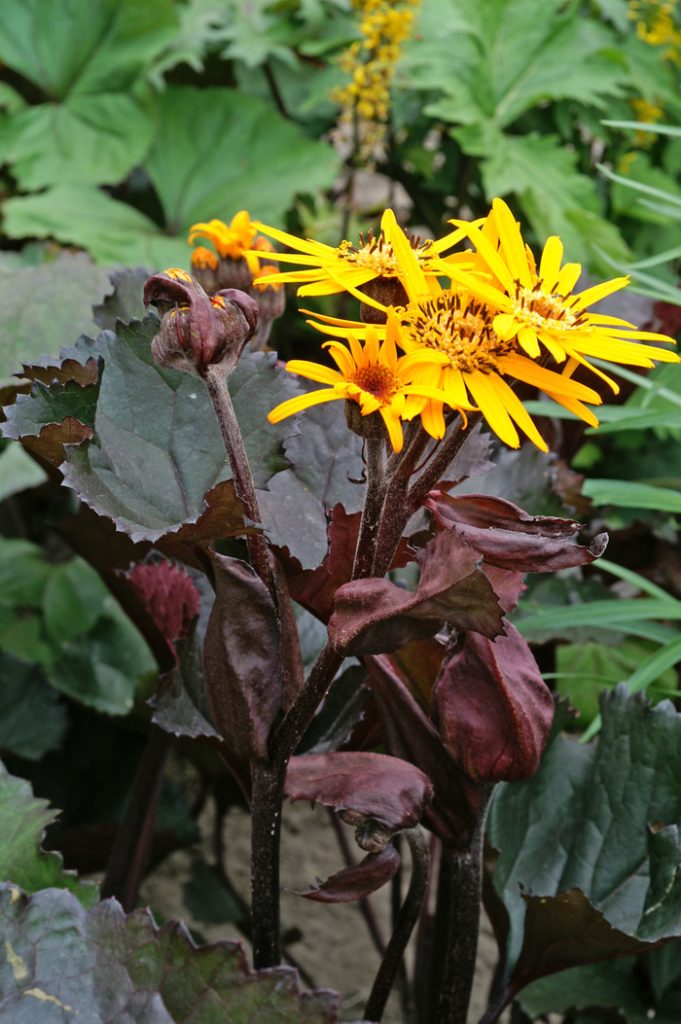
Ligularia 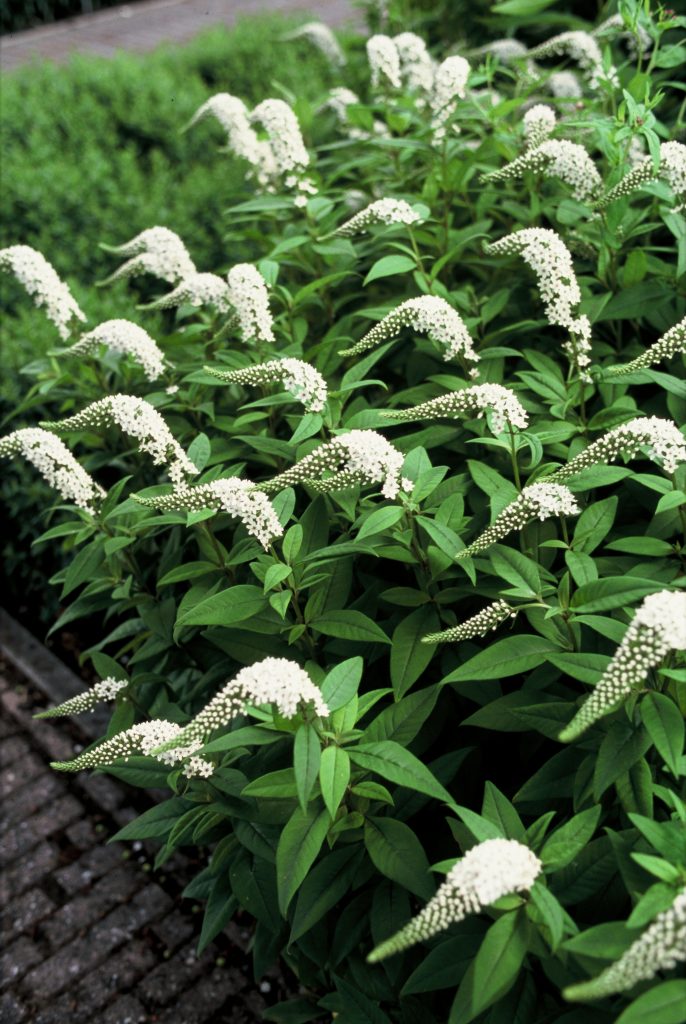
Lysimachia 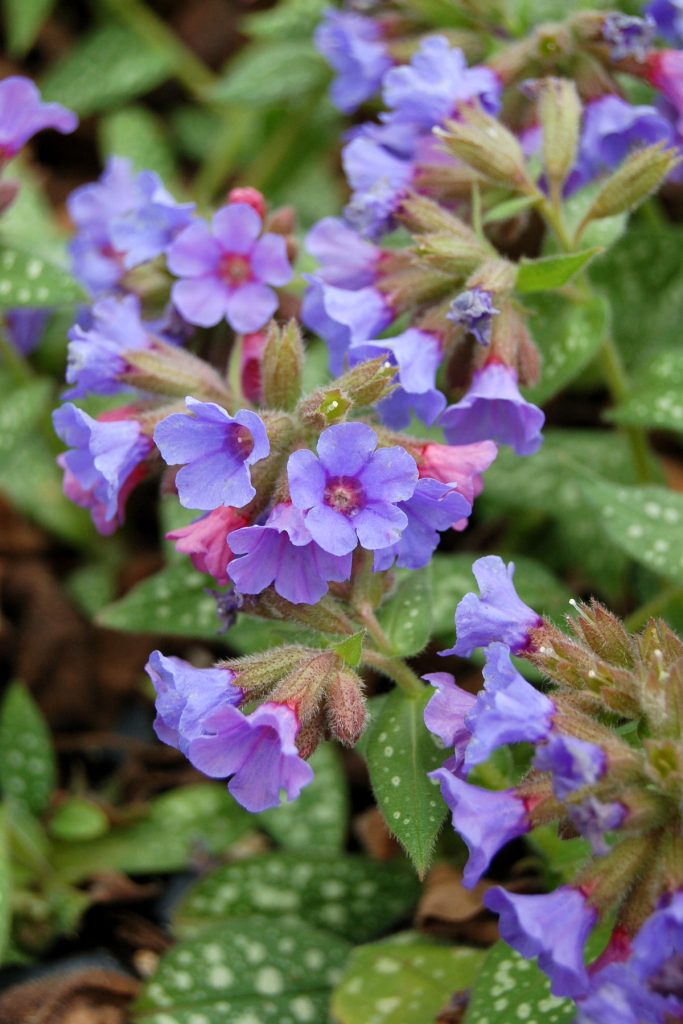
Pulmonaria 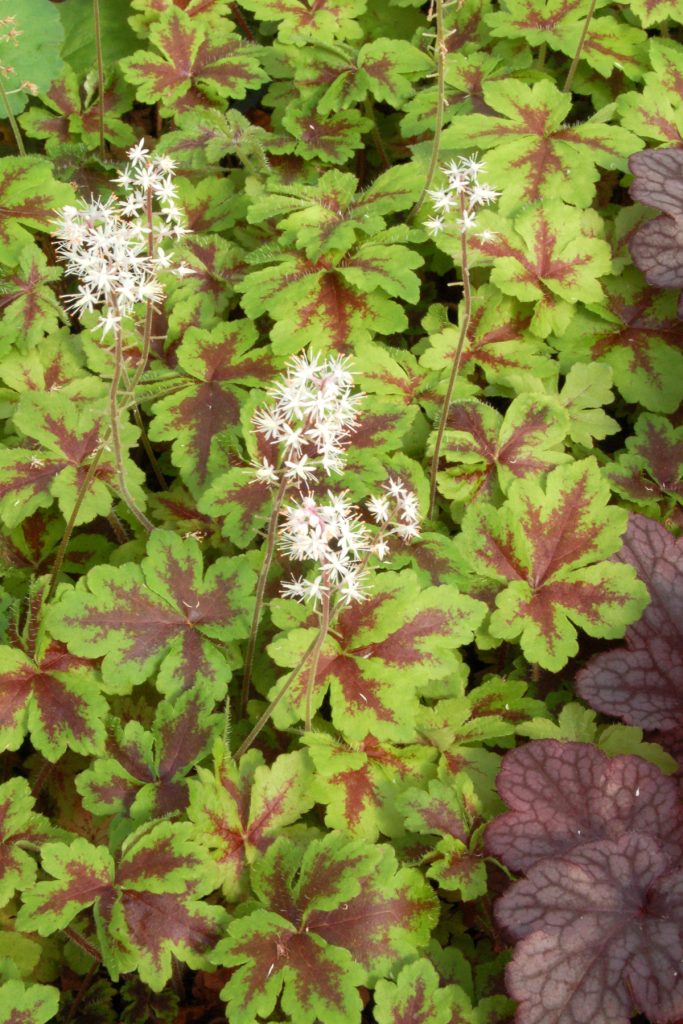
Tiarella 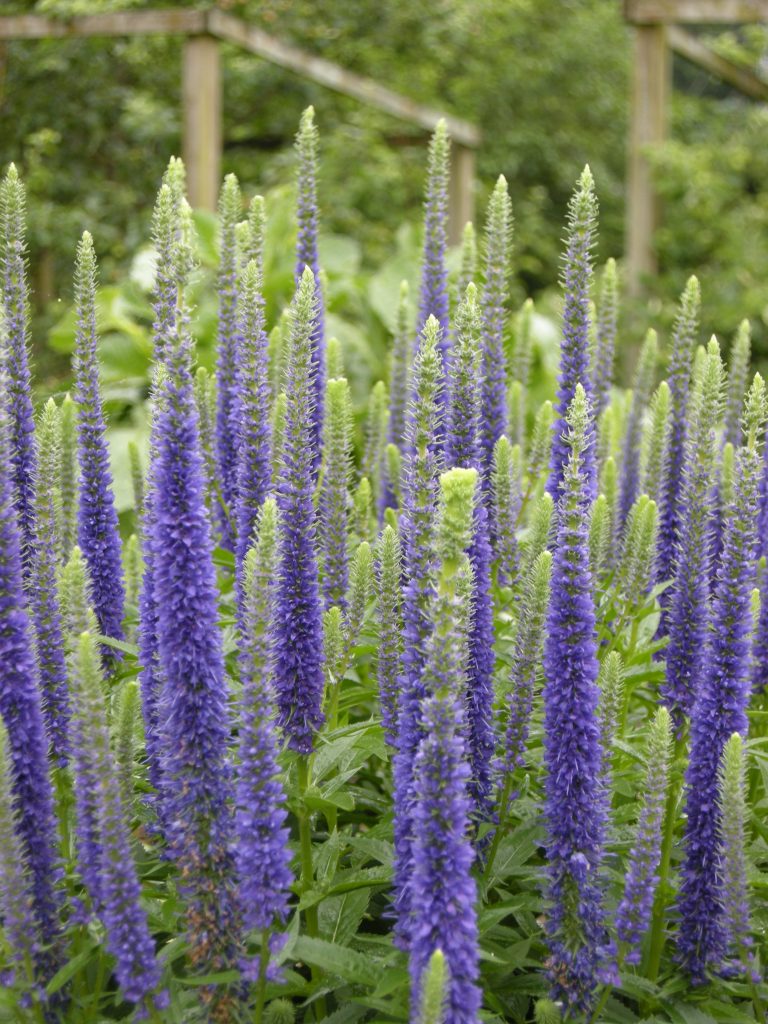
Veronica Spicata 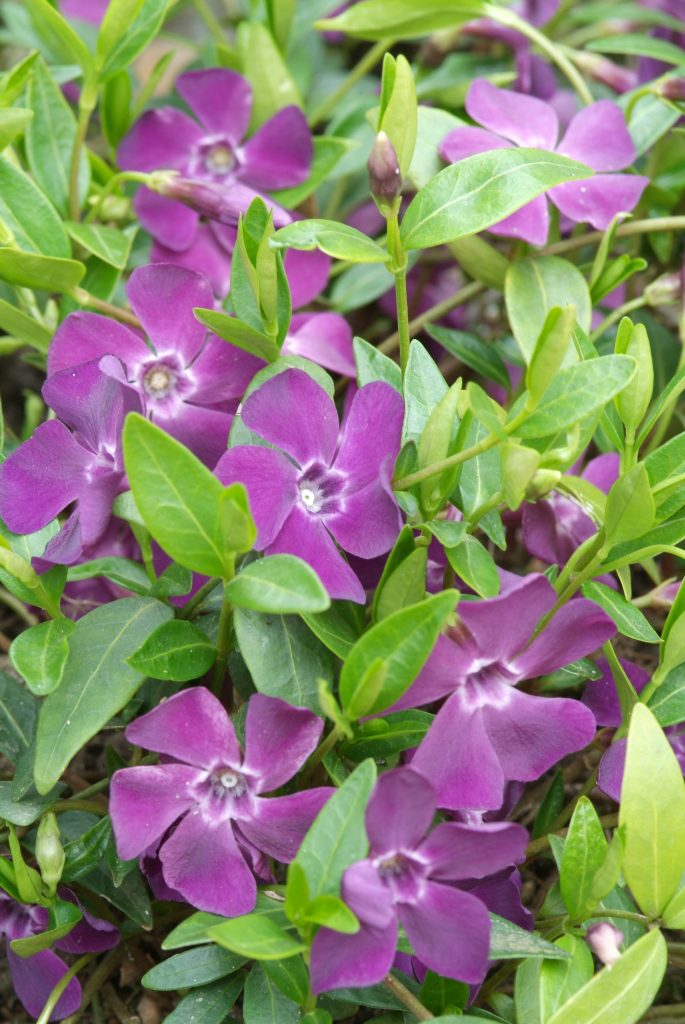
Vinca
Full to Deep Shade Ferns
Grow well in deep shade and are low maintenance. They prefer soil rich in humus, but they will grow in any soil, as long as they have sufficient water and nutrients. Ferns can also be grown in containers on a shady balcony or terrace.
- Adiantum pedatum (Maidenhair Fern)
- Athyrium (Lady Fern – Painted Fern)
- Dryopteris (Autumn Fern)
- Matteuccia struthiopteris (Ostrich Fern)
- Osmunda (Regal Fern – Cinnamon Fern)
- Phyllitis scolopendrium (Heart’s Tongue Fern)
- Polystichum (Christmas Fern – Sword Fern)
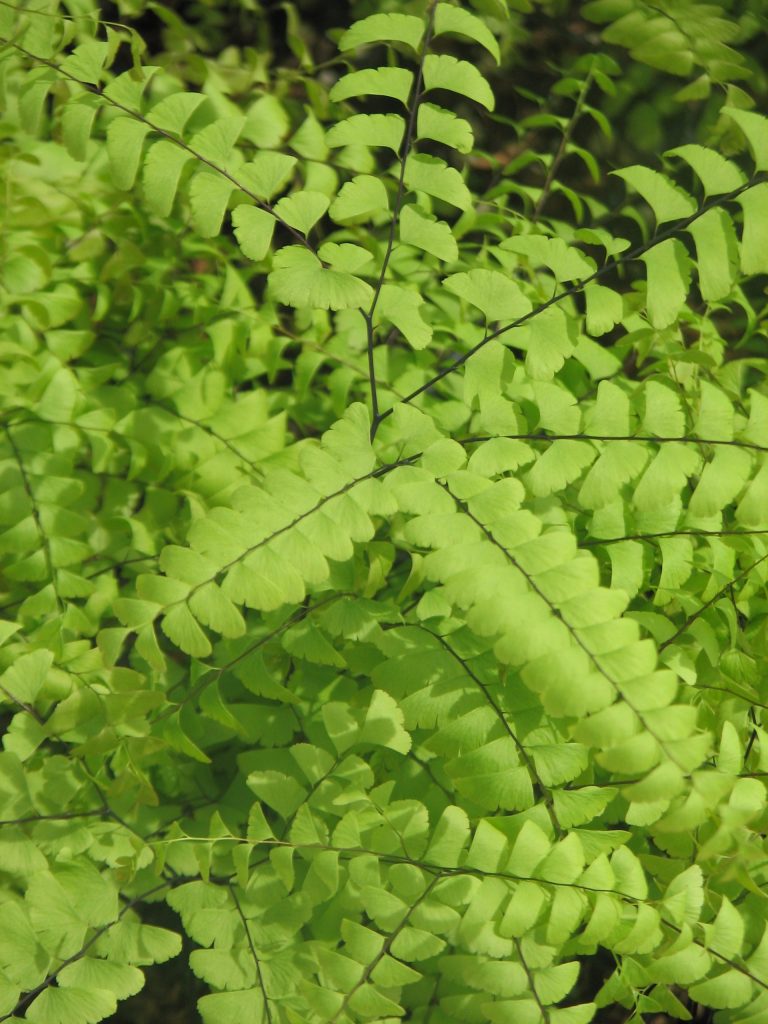
Adiantum 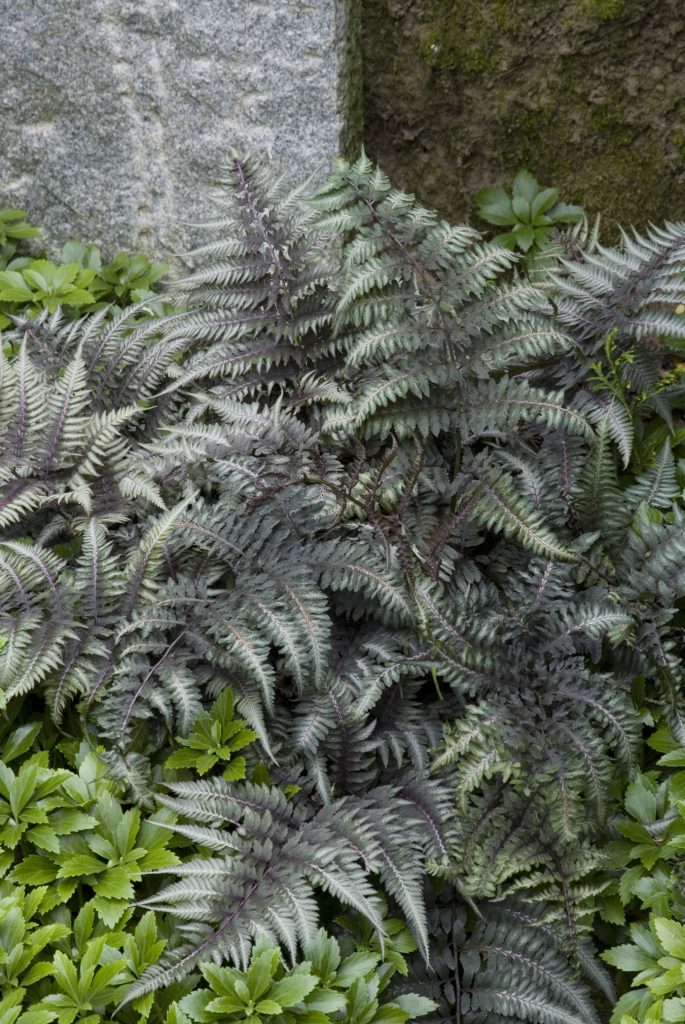
Athyrium Metallicum 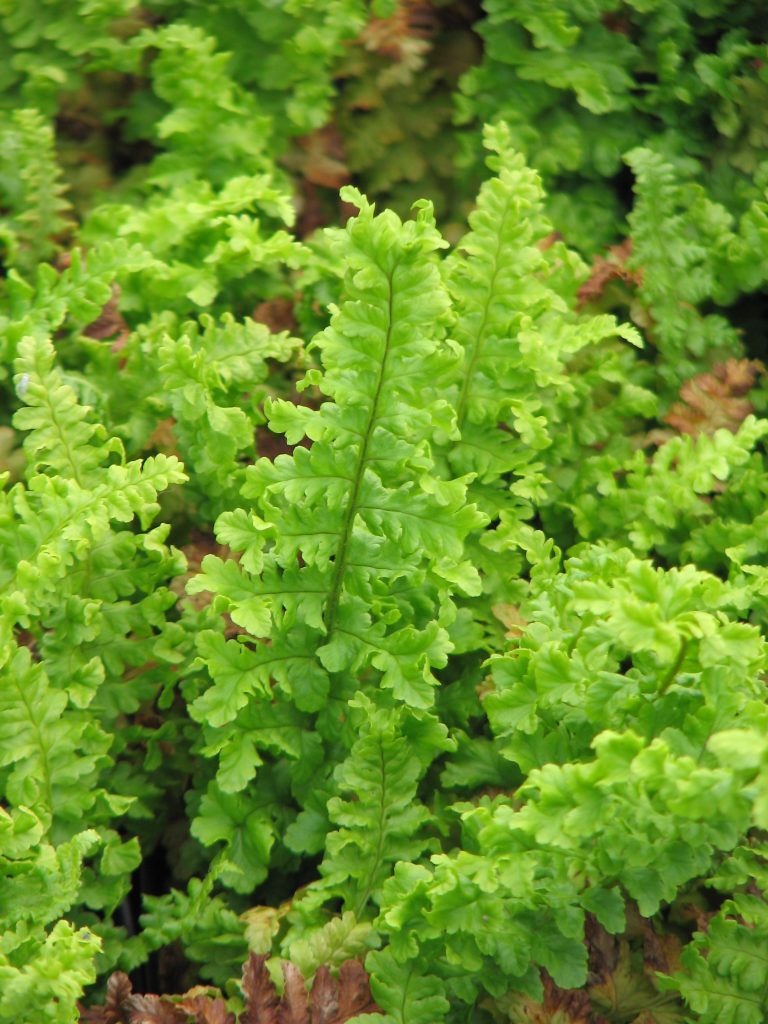
Dryopsis 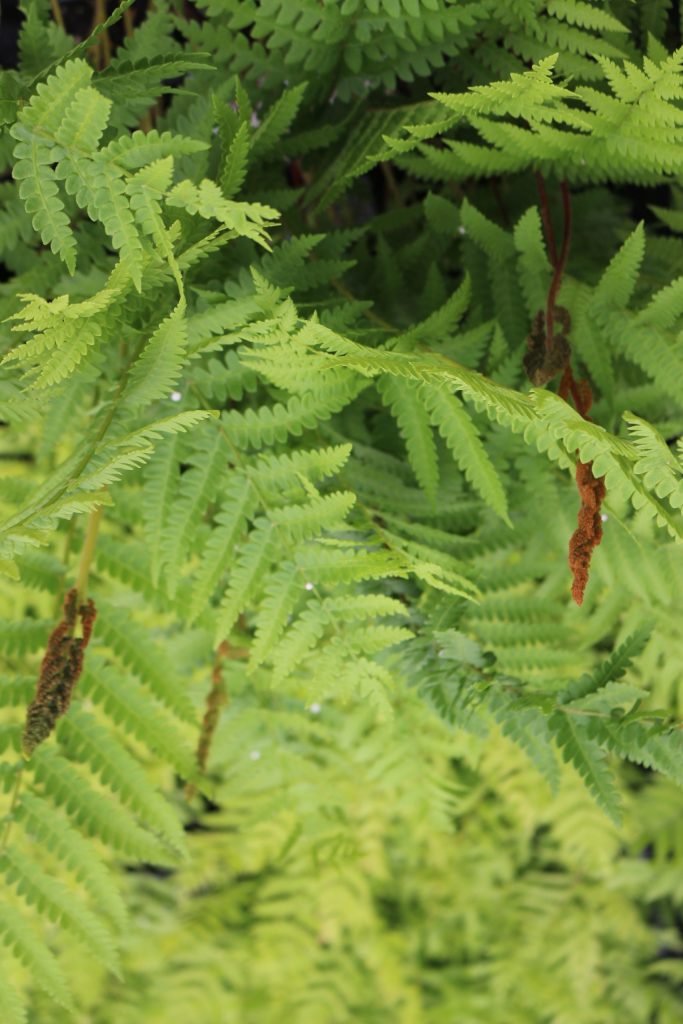
Osmunda
Light to Partial Shade Perennials
These garden spaces receive more light and features more flowering plants.
- Acanthus mollis (Bear’s Breeches)
- Aconitum (Monkshood)
- Actaea (Bugbane)
- Alchemilla mollis (Lady’s Mantle)
- Allium (Ornamental Onion)
- Amsonia (Blue Star)
- Anemone (Windflower)
- Aquilegia (Columbine)
- Aralia cordata Sun King (Japanese Spikenard)
- Arctostaphylos (Bearberry)
- Aruncus (Goat’s Beard)
- Astilboides tabuluaris (Roger’s Flower)
- Astrantia (Masterwort)
- Baptisia australis (Blue False Indigo)
- Bergenia (Heartleaf Bergenia)
- Bellis (English Daisy)
- Bletilla (Hardy Garden Orchid)
- Campanula (Bellflower)
- Chelone (Turtlehead)
- Cornus canadensis (Creeping Dogwood)
- Digitalis (Foxglove)
- Dodecatheon (Shooting Star)
- Doronicum (Leopard’s Bane)
- Eupatorium (Joe Pye Weed)
- Euphorbia (Spurges)
- Filipendula (Meadow Sweet)
- Gaillardia (Blanket Flower)
- Galium odoratum (Sweet Woodruff)
- Gaultheria procumbens (Wintergreen)
- Geranium (Cranesbill)
- Geum (Herb Bennet)
- Gunnera Manicata (Giant Rhubarb)
- Heliopsis (False Sunflower)
- Hemerocallis (Daylily)
- Hibiscus (Rose Mallow)
- Houttuynia (Chameleon Plant)
- Incarvilllea (Hardy Gloxinia)
- Iris (Ensta – Germanica – Pumila – Sibirica)
- Kirengeshoma palmata (Yellow Wax Bells)
- Leucanthemum (Daisy)
- Lilies (Asiatic – Oriental – Tiger – Trumpet)
- Lupinus (Lupine)
- Monarda (Bee Balm)
- Nepeta (Catmint)
- Persicarica (Knotweed)
- Platycodon (Balloon Flower)
- Phlox (Garden Phlox, Creeping Phlox)
- Potentilla (Cinquefoil)
- Pulsatilla vulgaris (Pasque Flower)
- Rodgersia (Rodger’s Flower)
- Sanguineria canadensis (Bloodroot)
- Sedum (Stonecrop)
- Sidalcea (Prairie Mallow)
- Stachys (Betony)
- Thalictrum (Meadow Rue)
- Tradescantia (Spiderwort)
- Trollius (Globe Flowers)
- Viola cornuta (Violet)
- Yucca (Palm Lily)
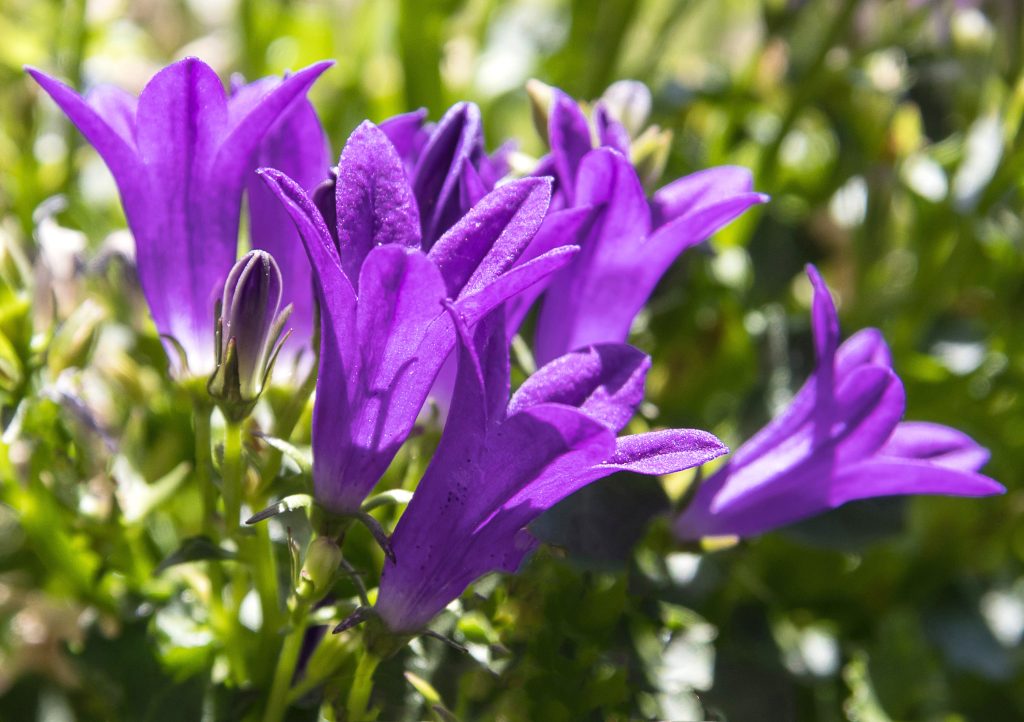
Campanula 
Gaillardia 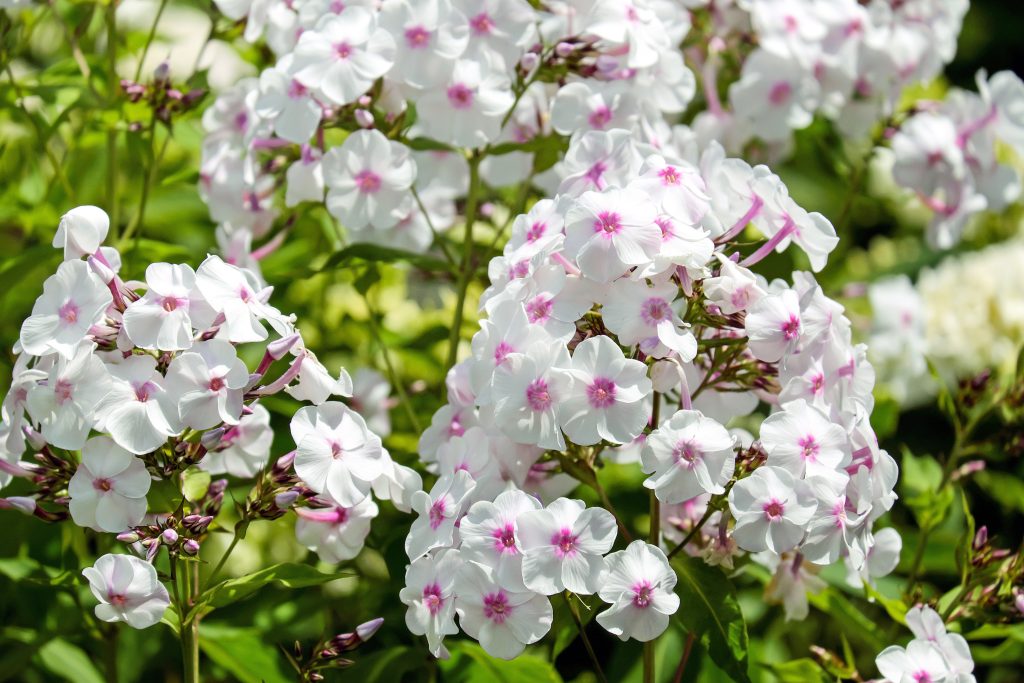
Phlox 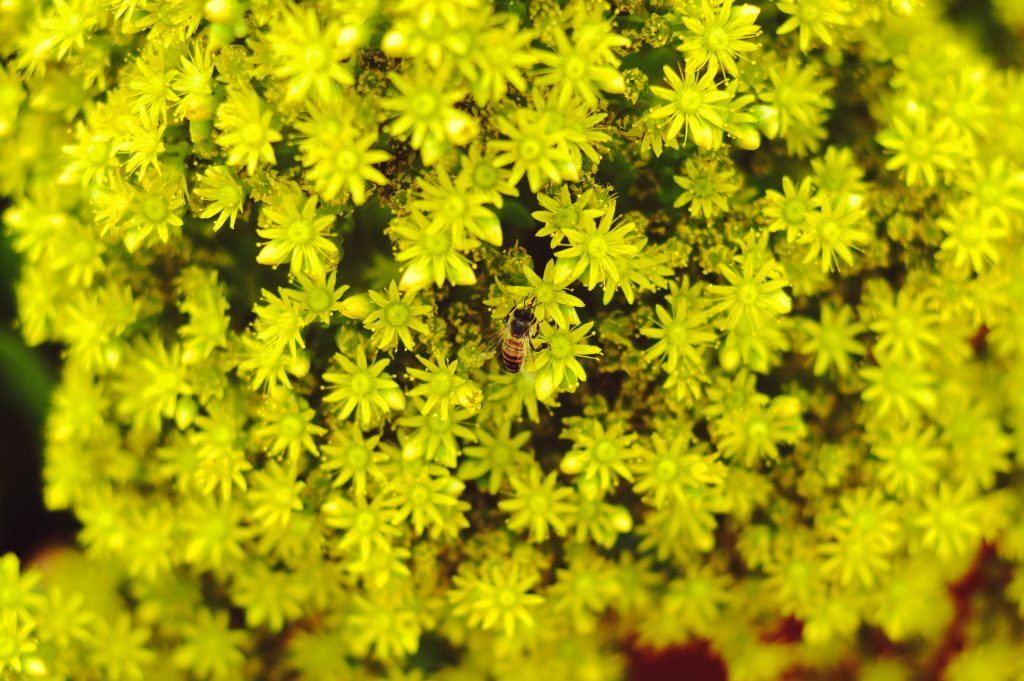
Sedum
Light to Partial Shade Grasses
Add amazing texture and contrast to shady garden spaces and containers.
- Calamagrostis (Feather Reed Grass)
- Deschampsia (Tuft Hair Grass)
- Festuca (Blue Fescue)
- Hakonechloa macra (Japanese Forest Grass)
- Imperata (Japanese Blood Grass)
- Miscanthus sinensis (Maiden Grass)
- Panicum (Switch Grass)
- Pennisetum (Fountain Grass) Phalaris (Ribbon Grass)
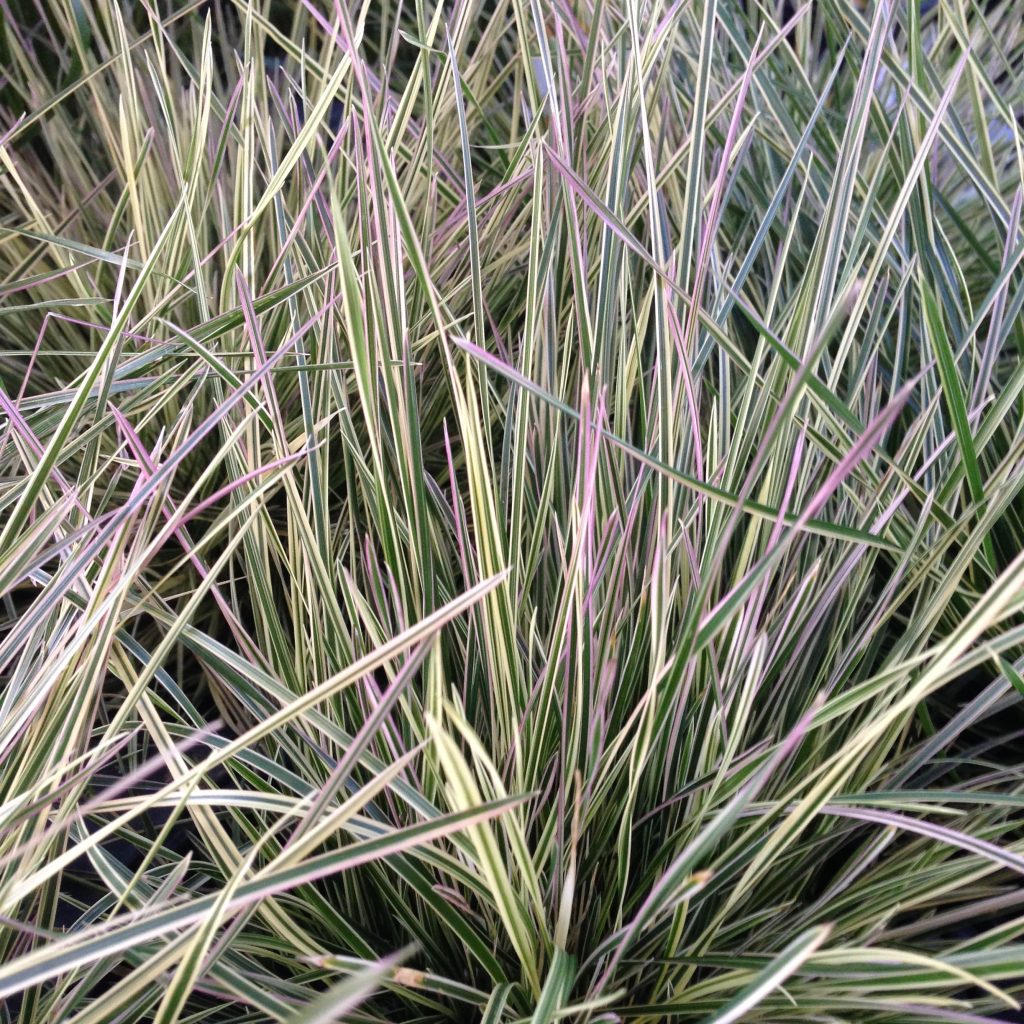
Deschampsia 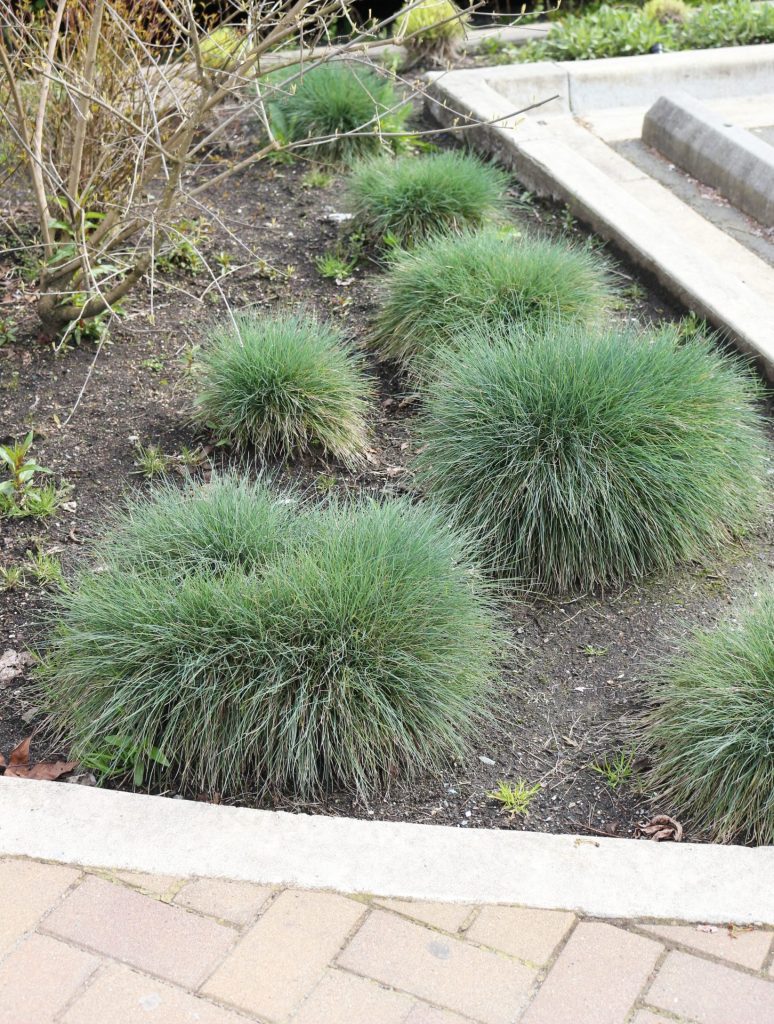
Festuca 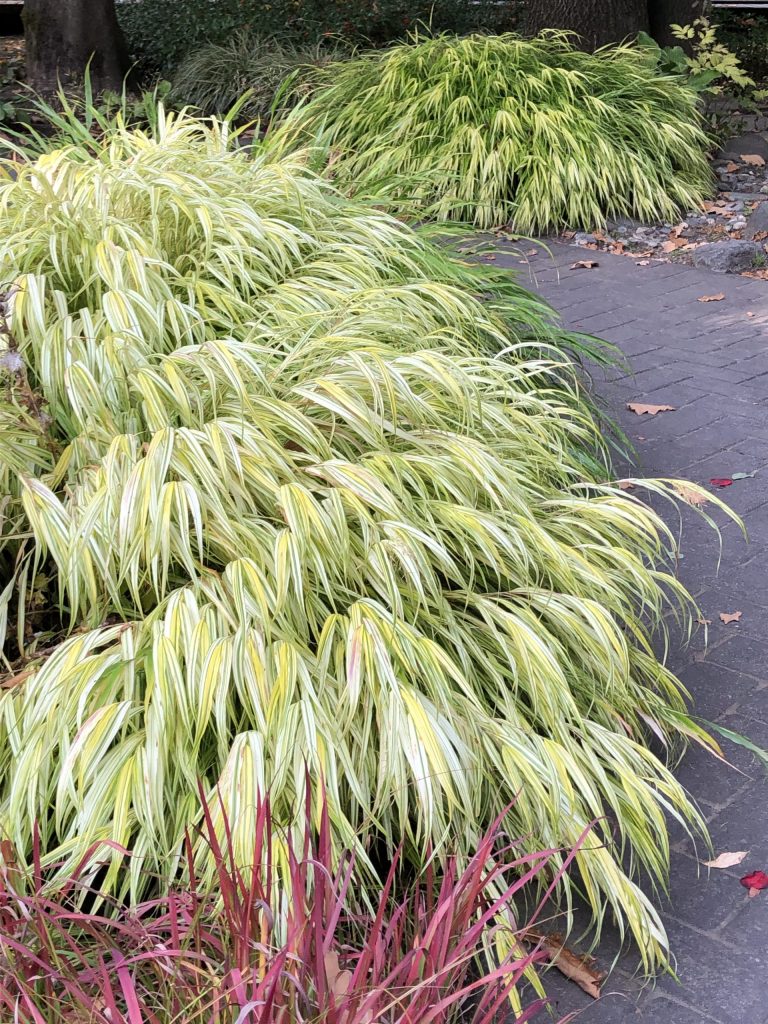
Hakonechloa 
Imperata 
Miscanthus 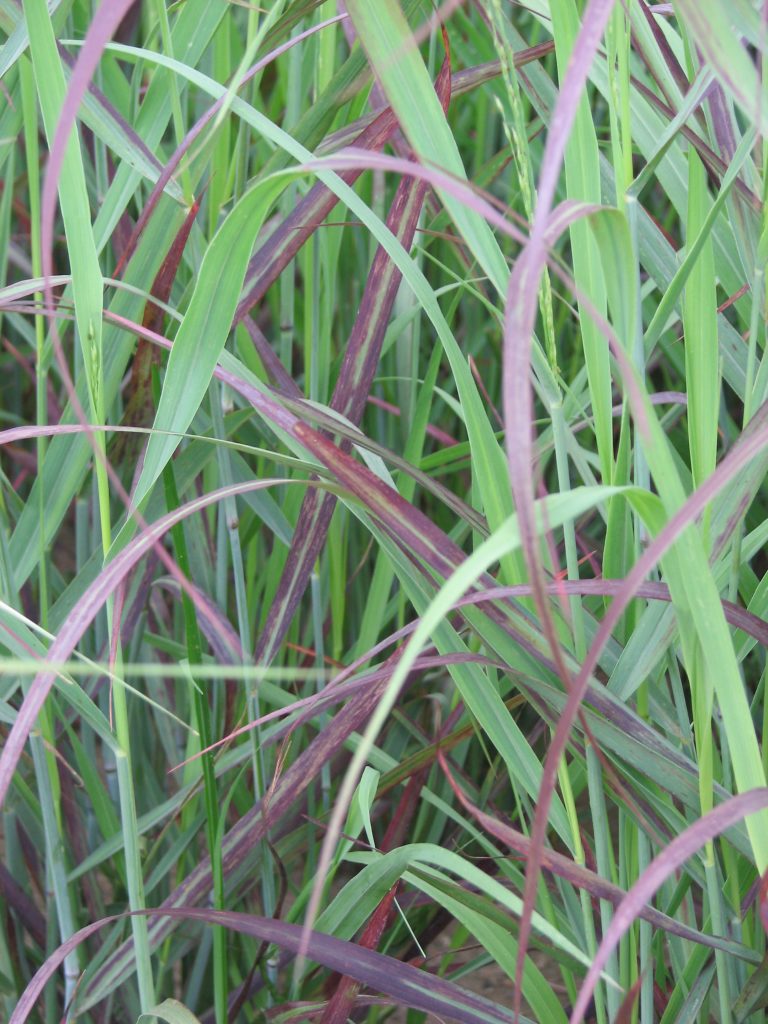
Panicum 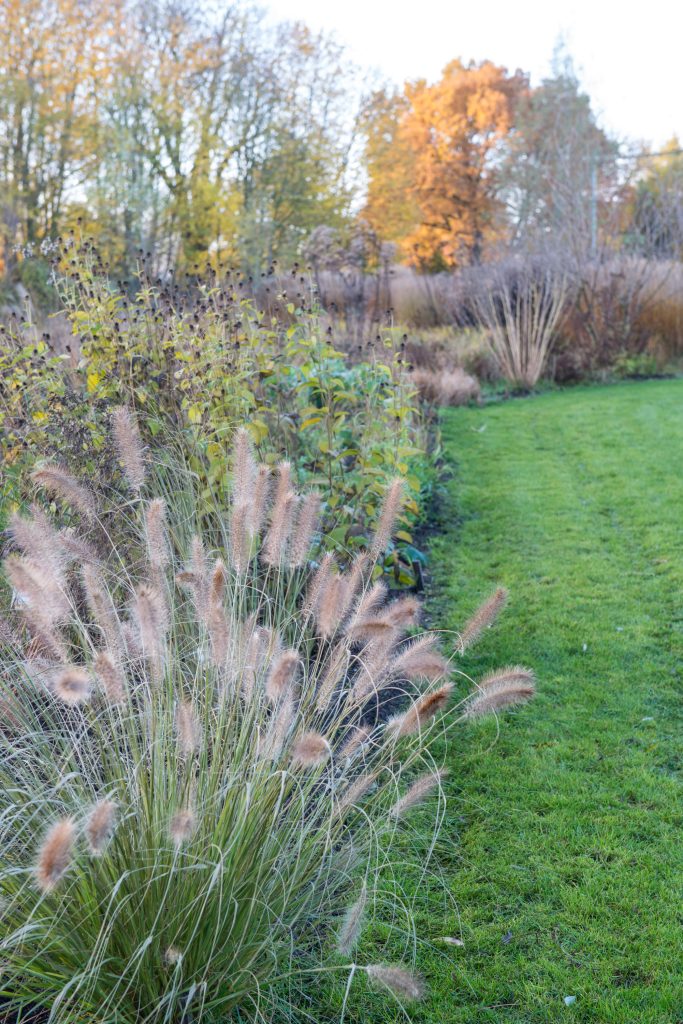
Pennisetum 
Phalaris




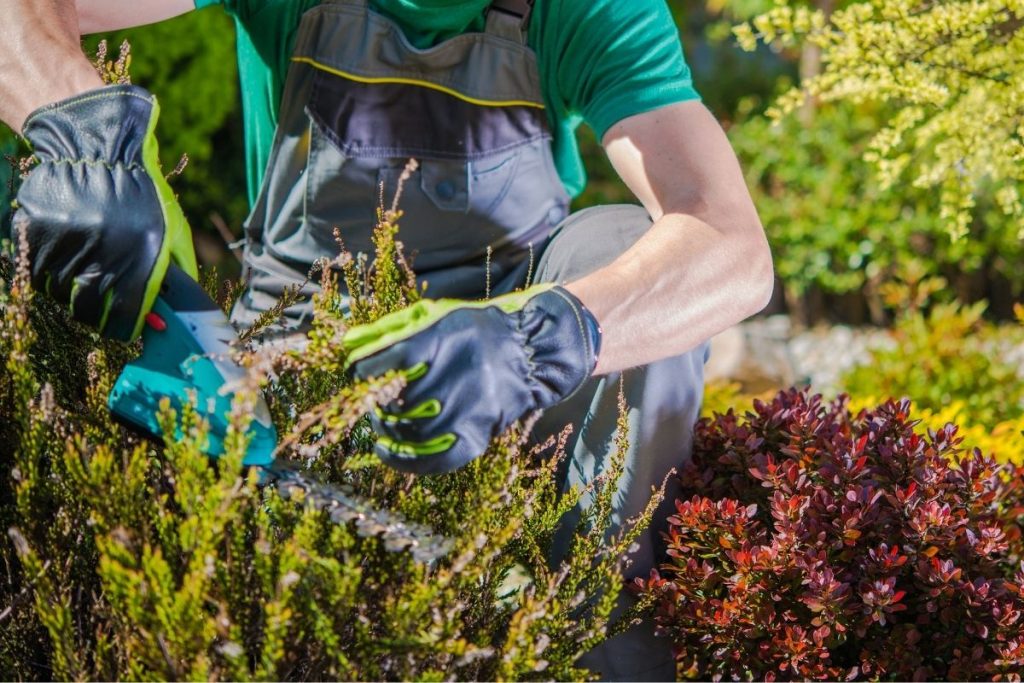
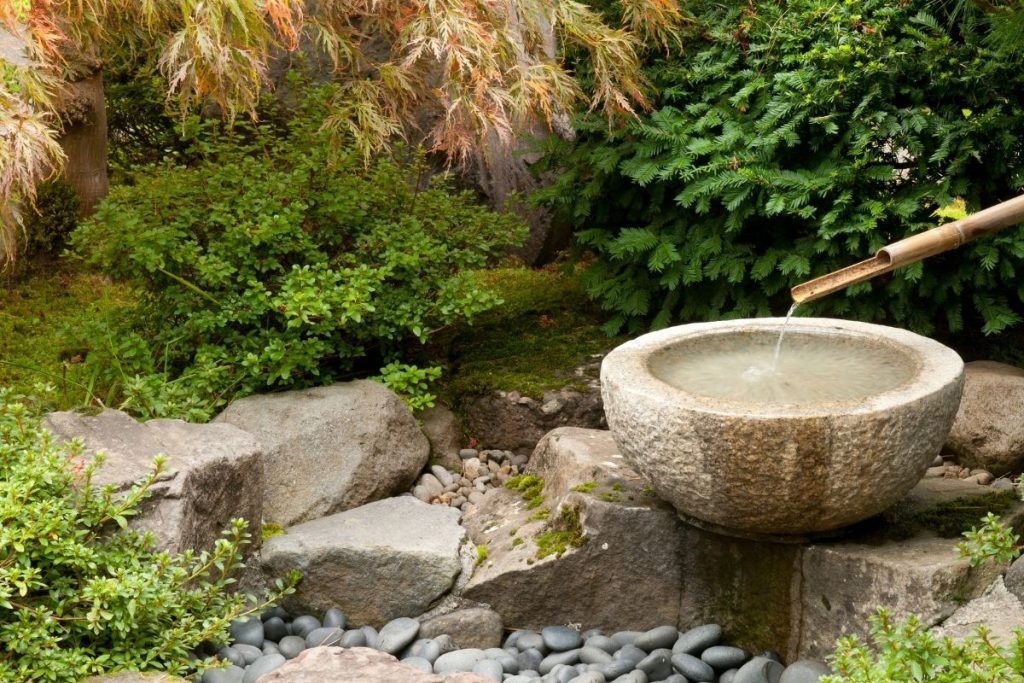
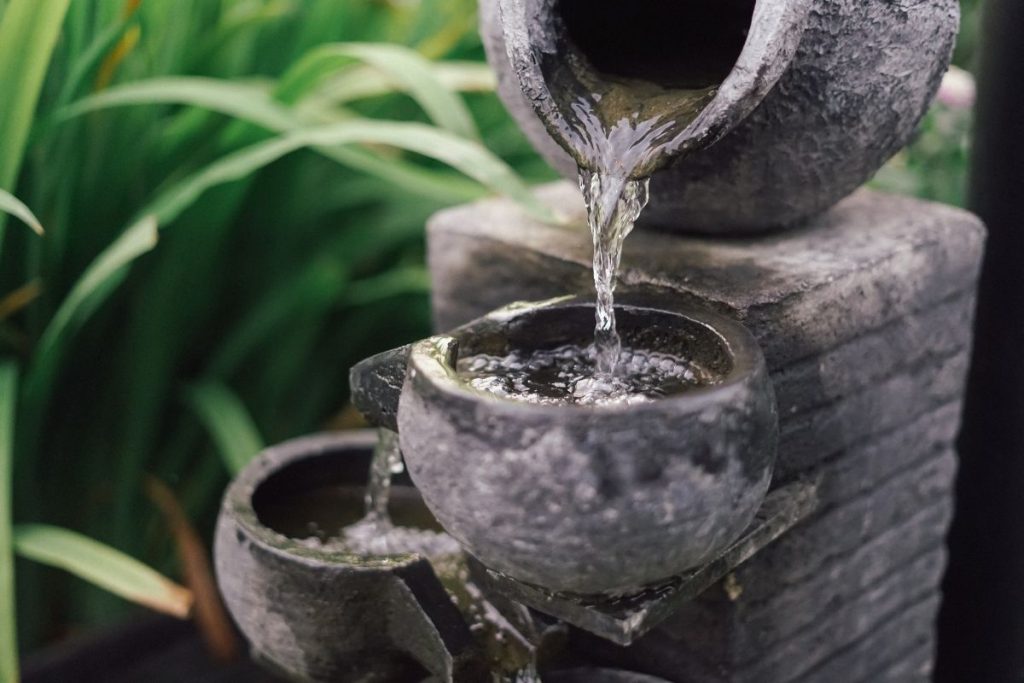
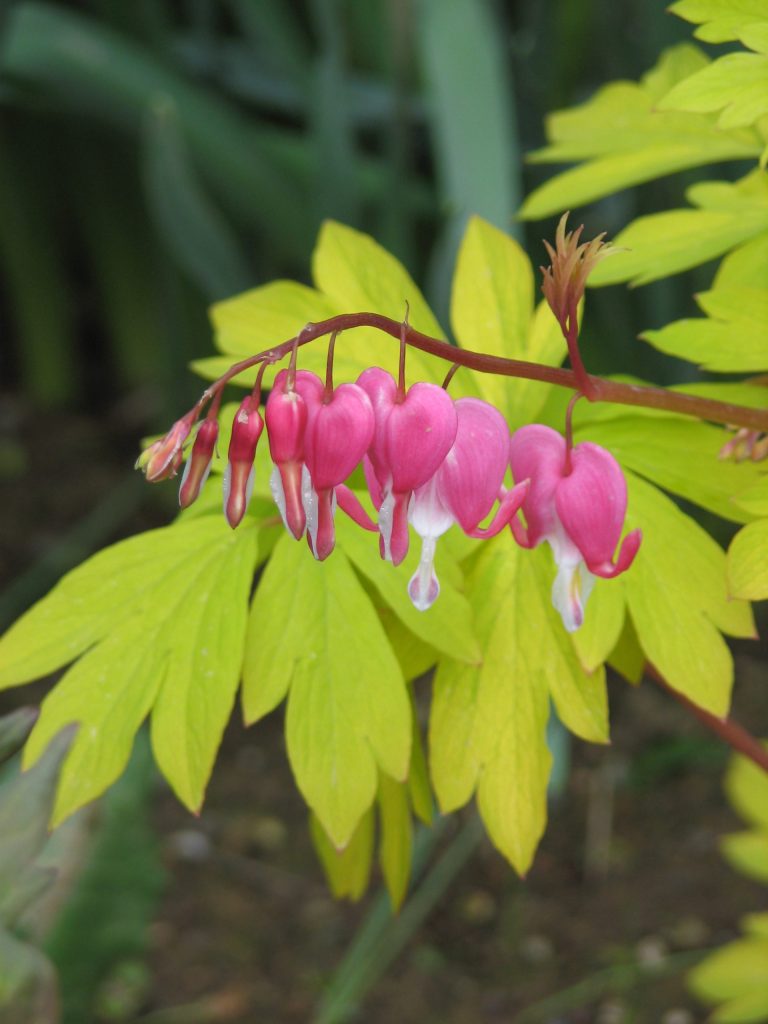
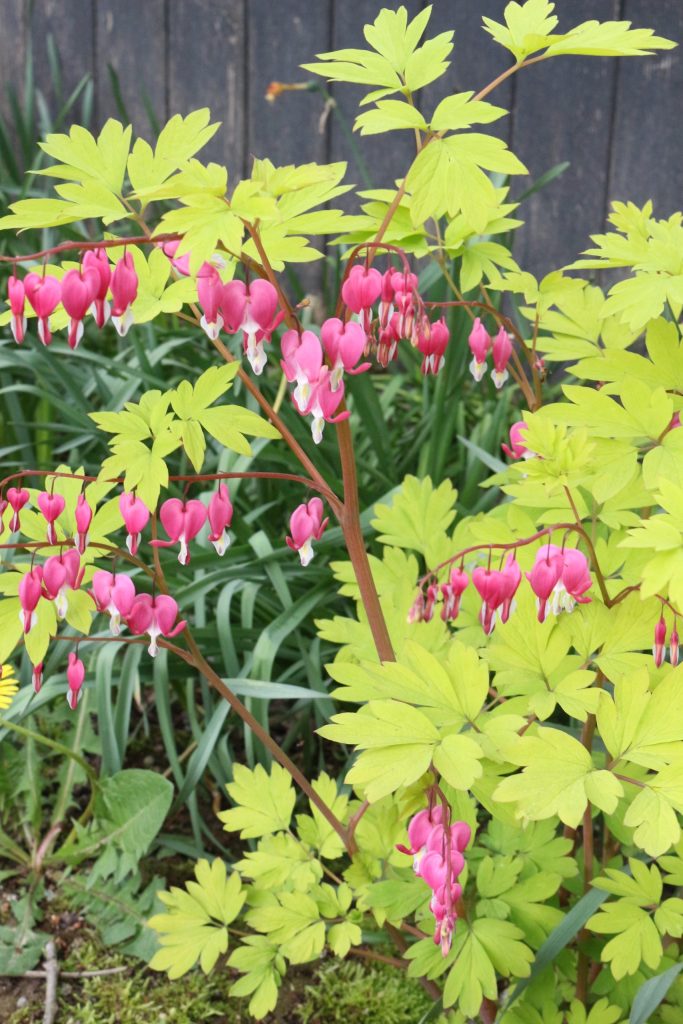
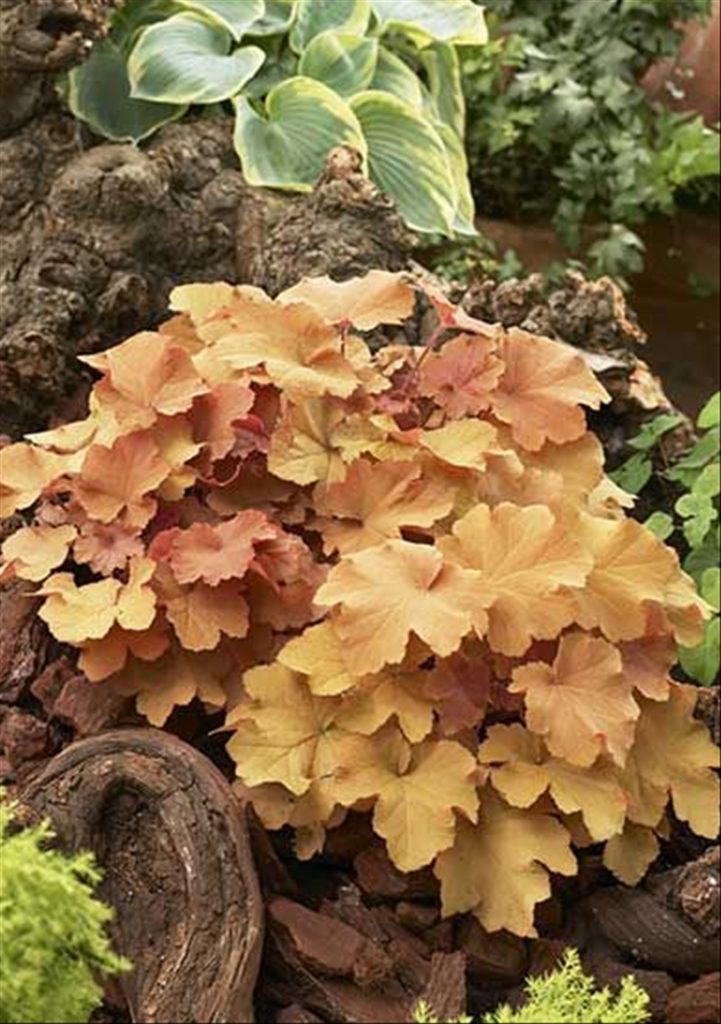
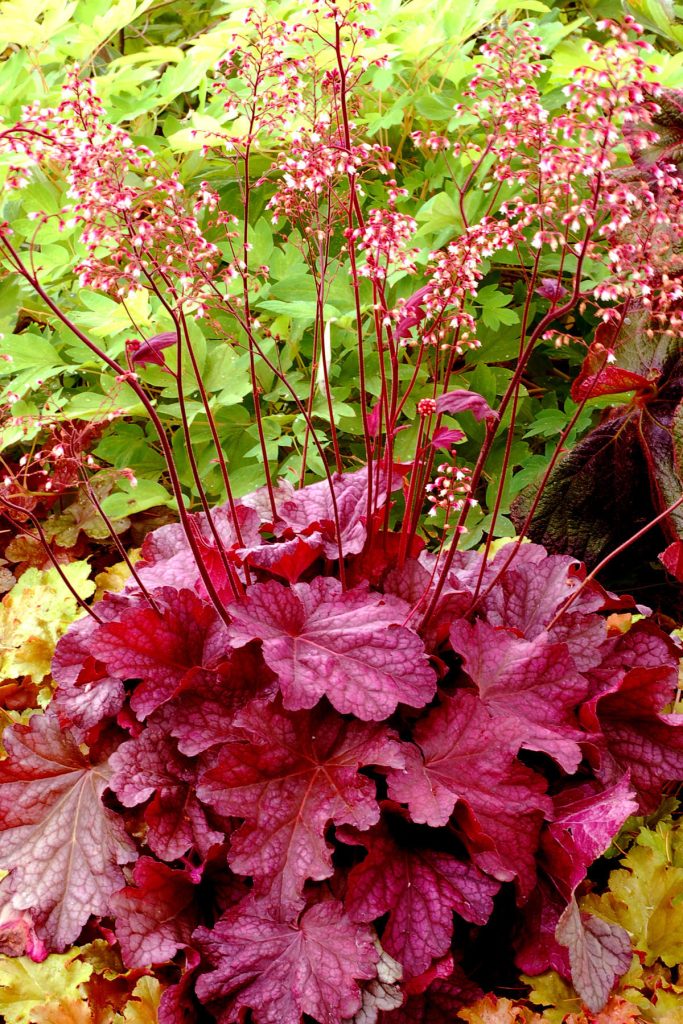
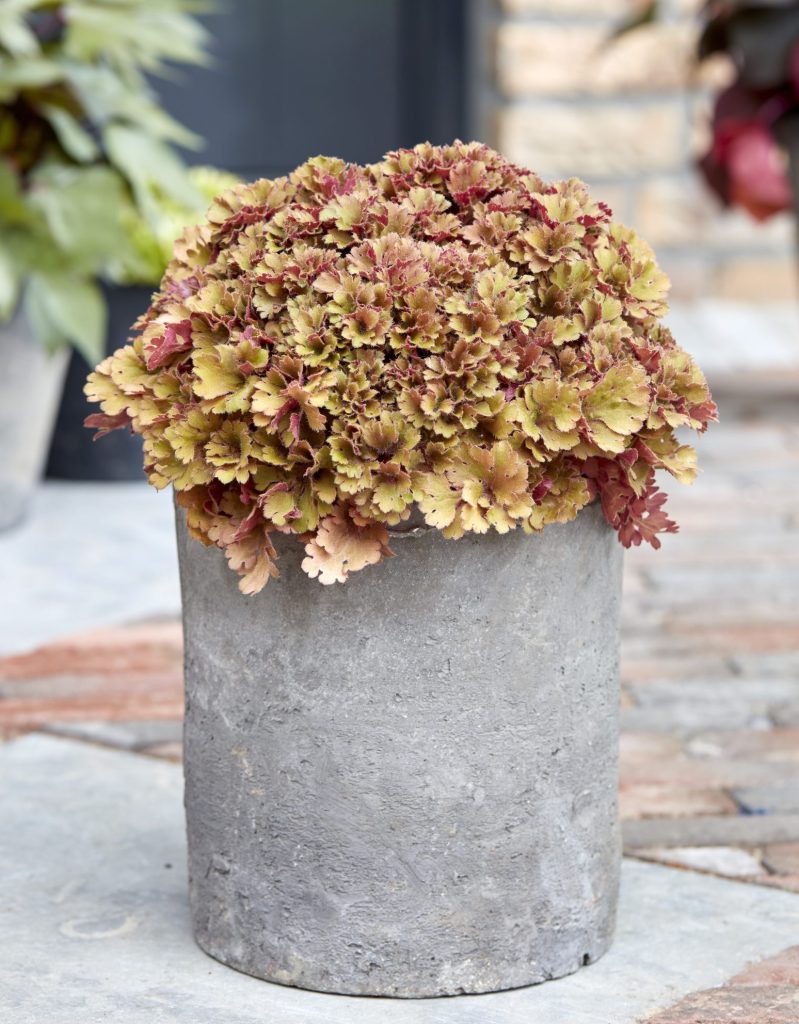
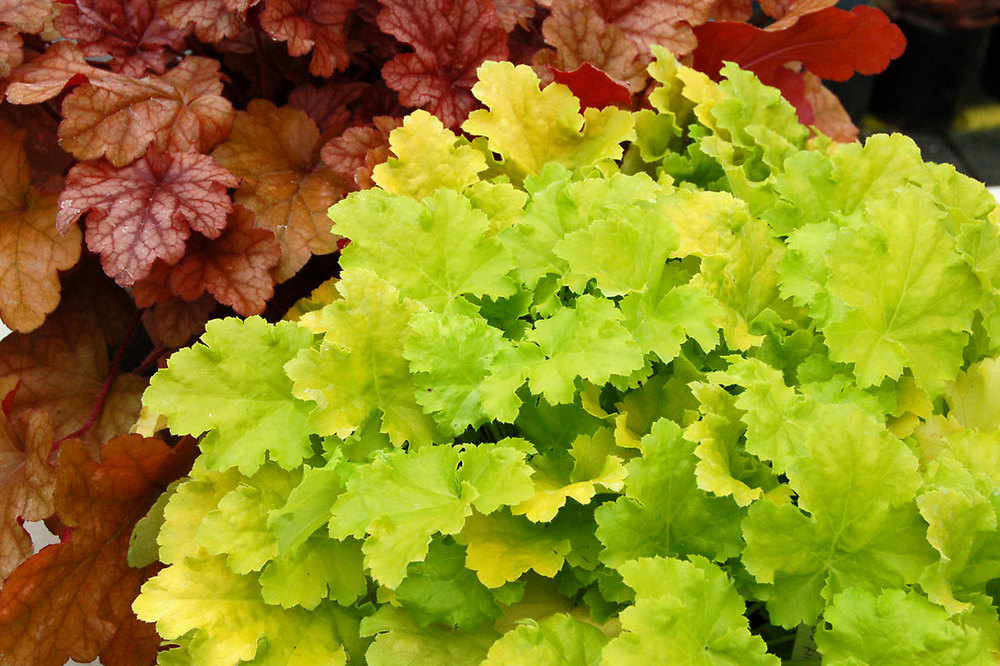

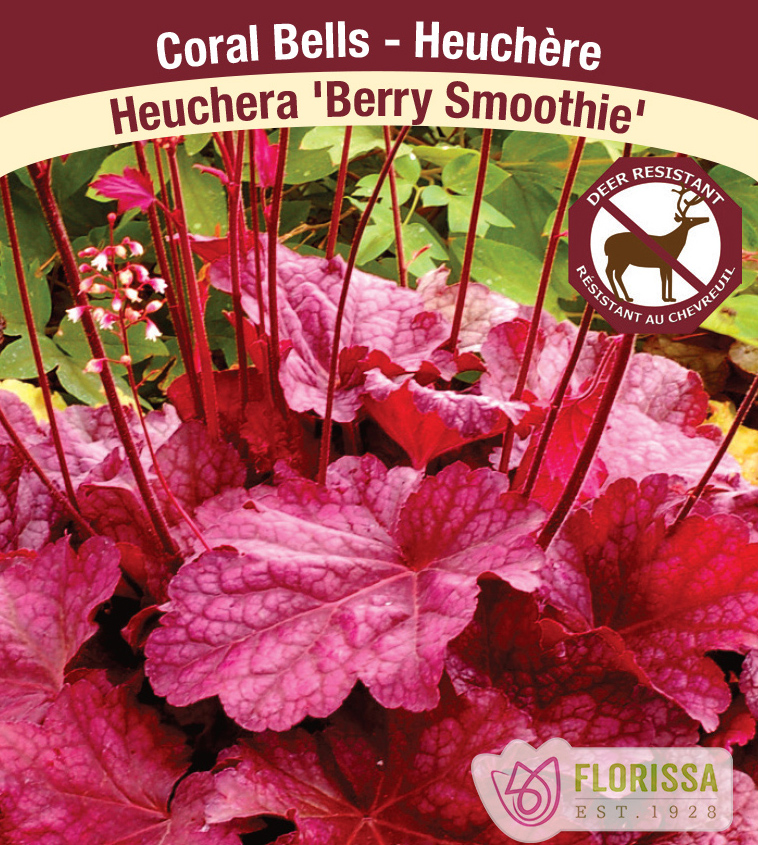
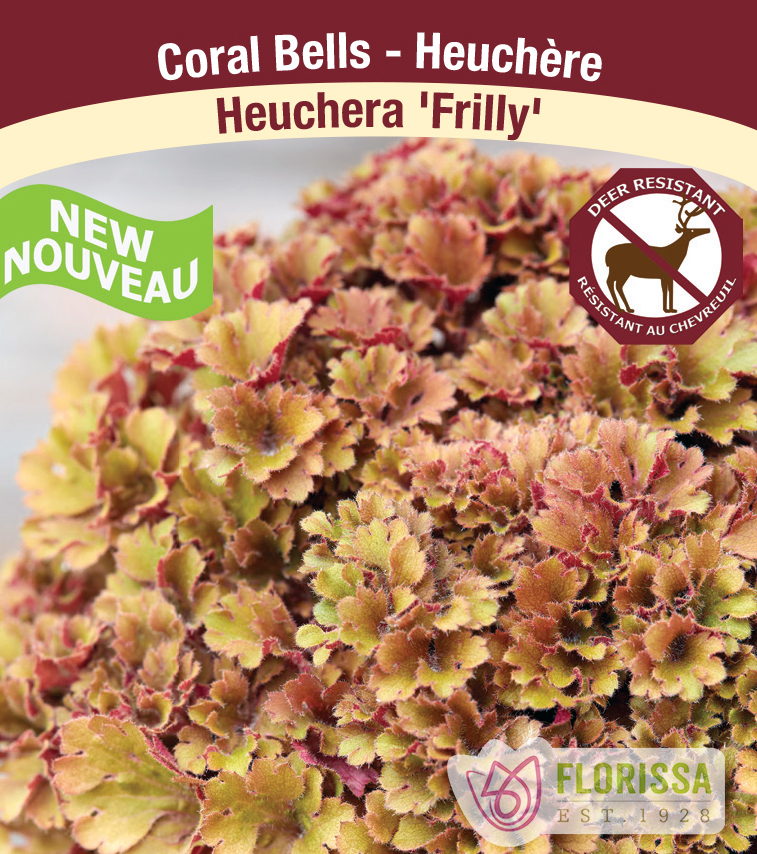


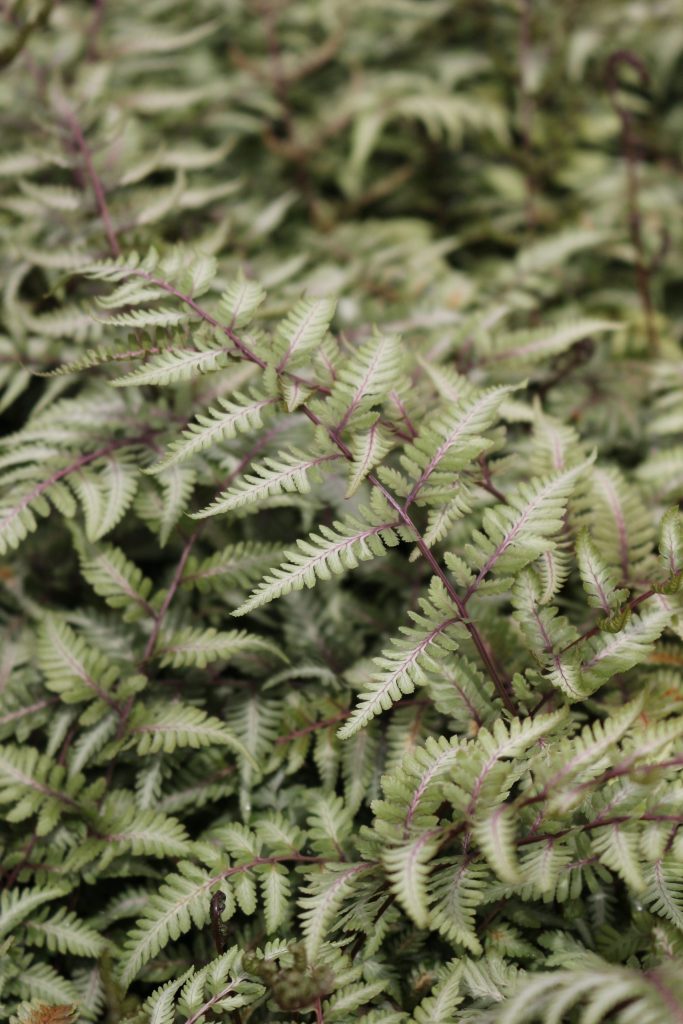
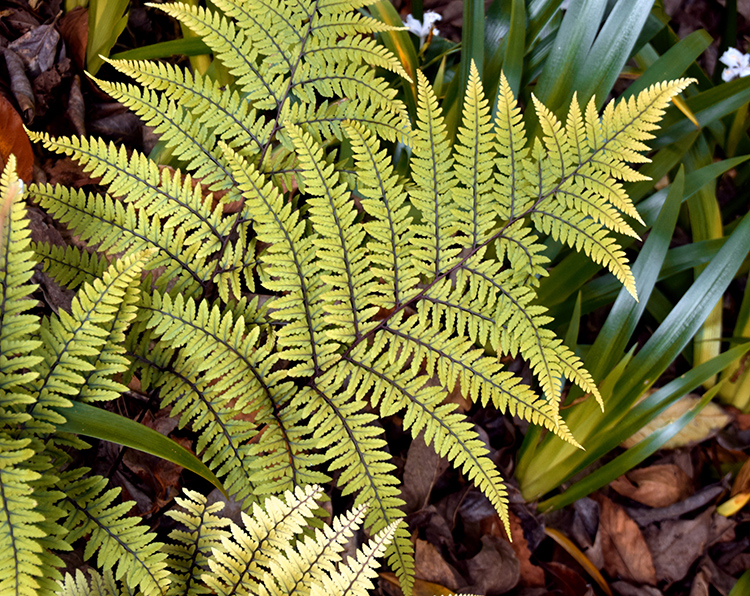
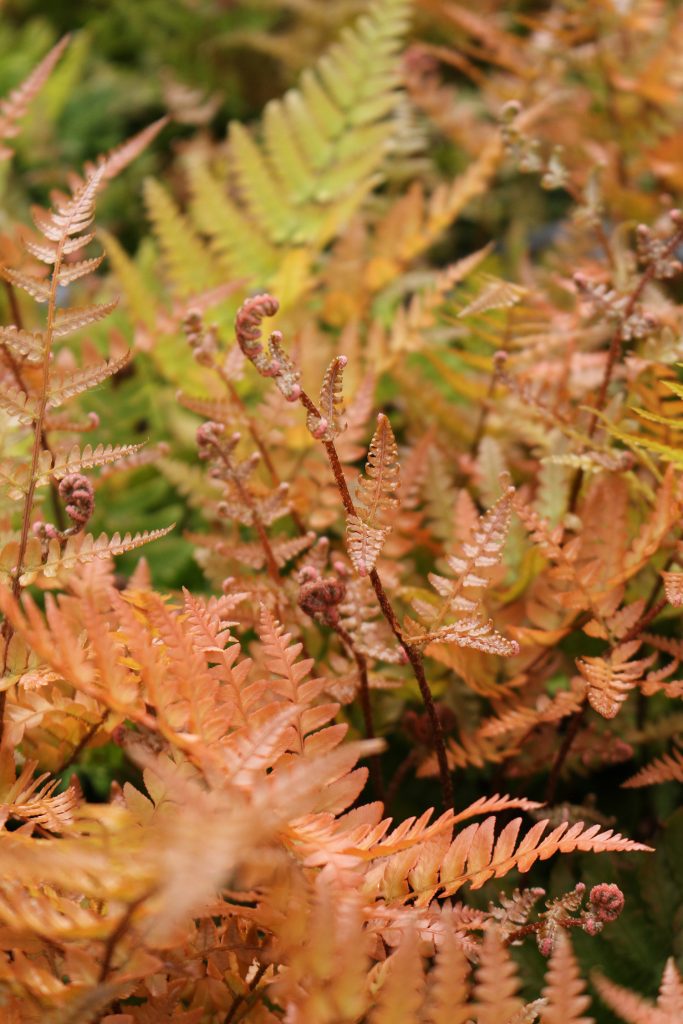
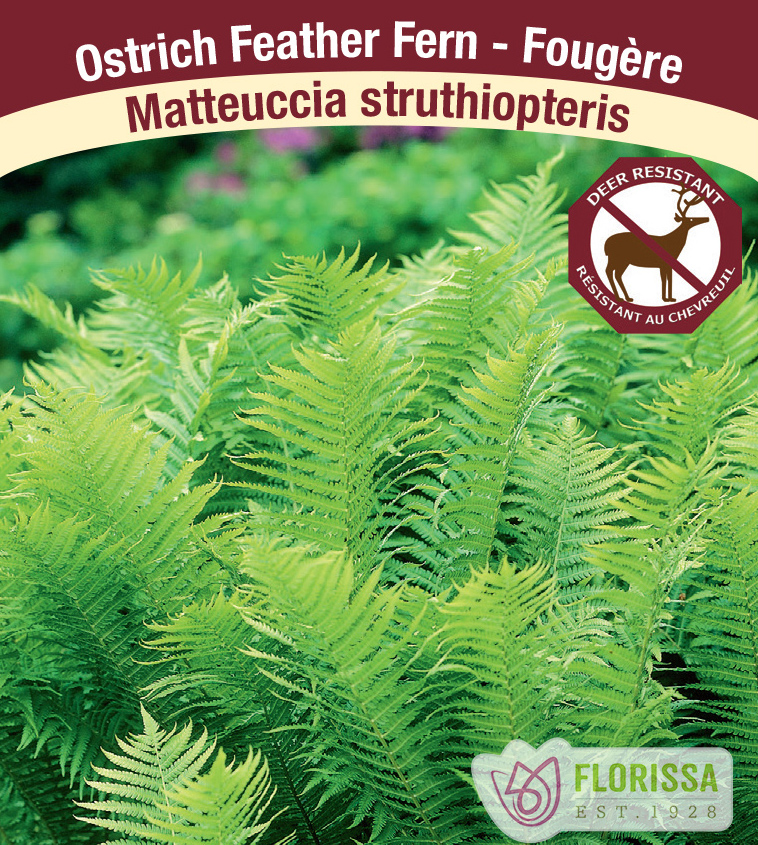

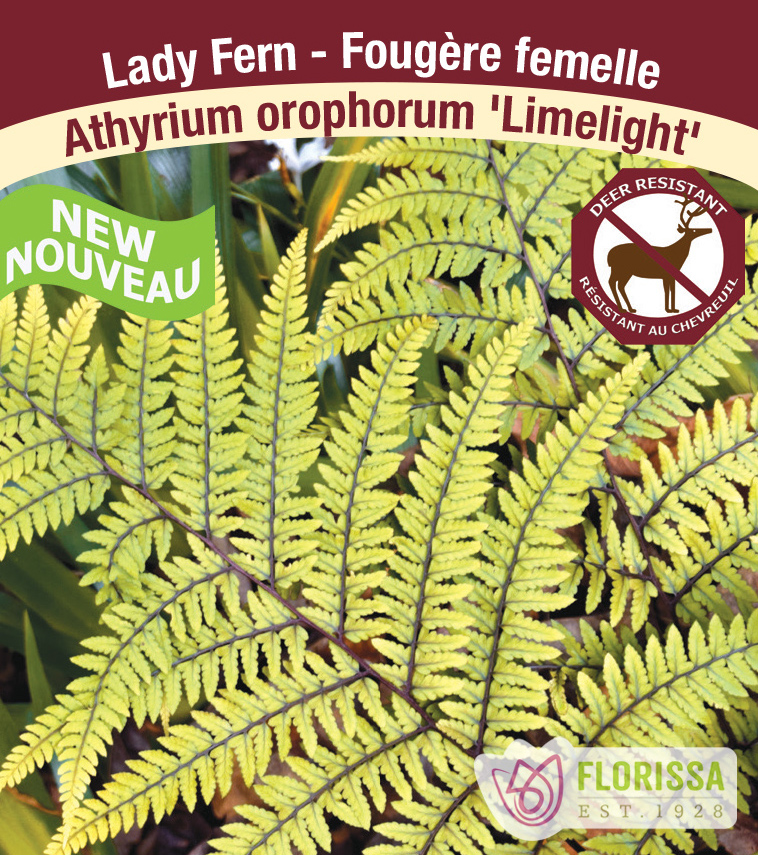
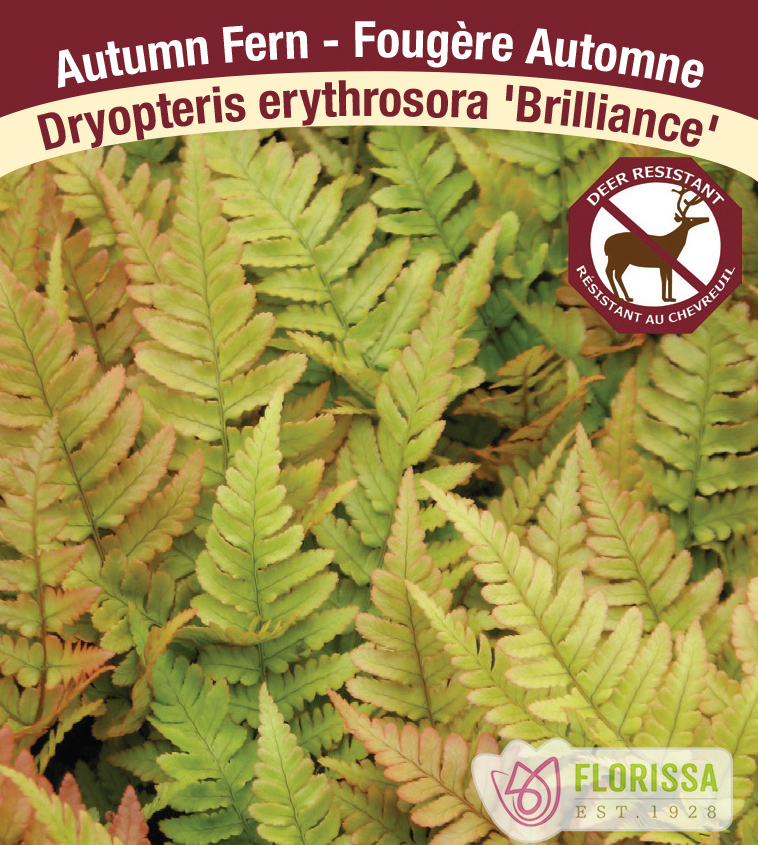
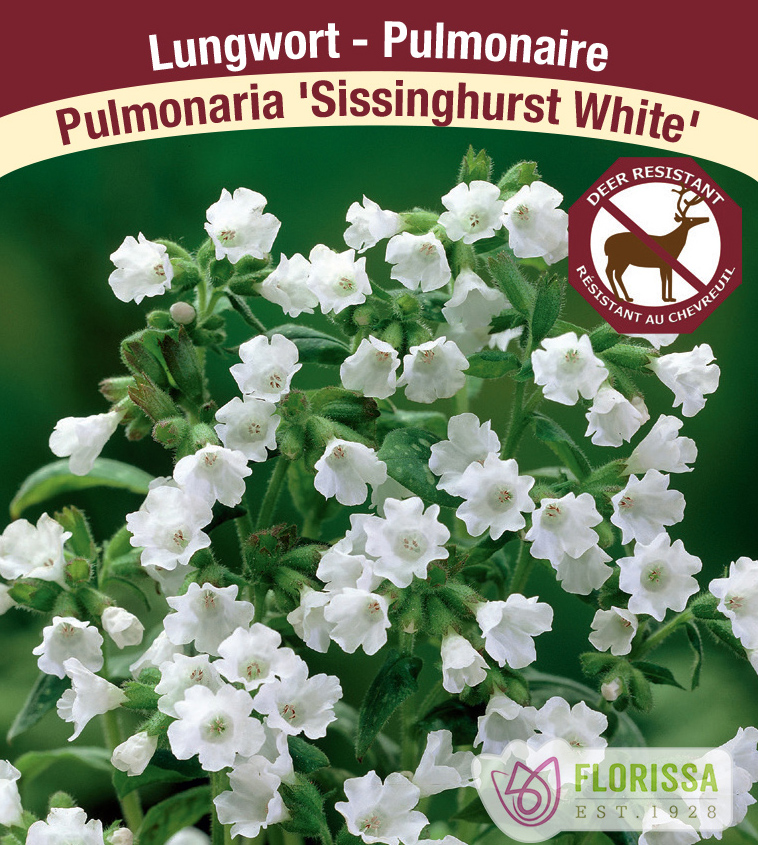
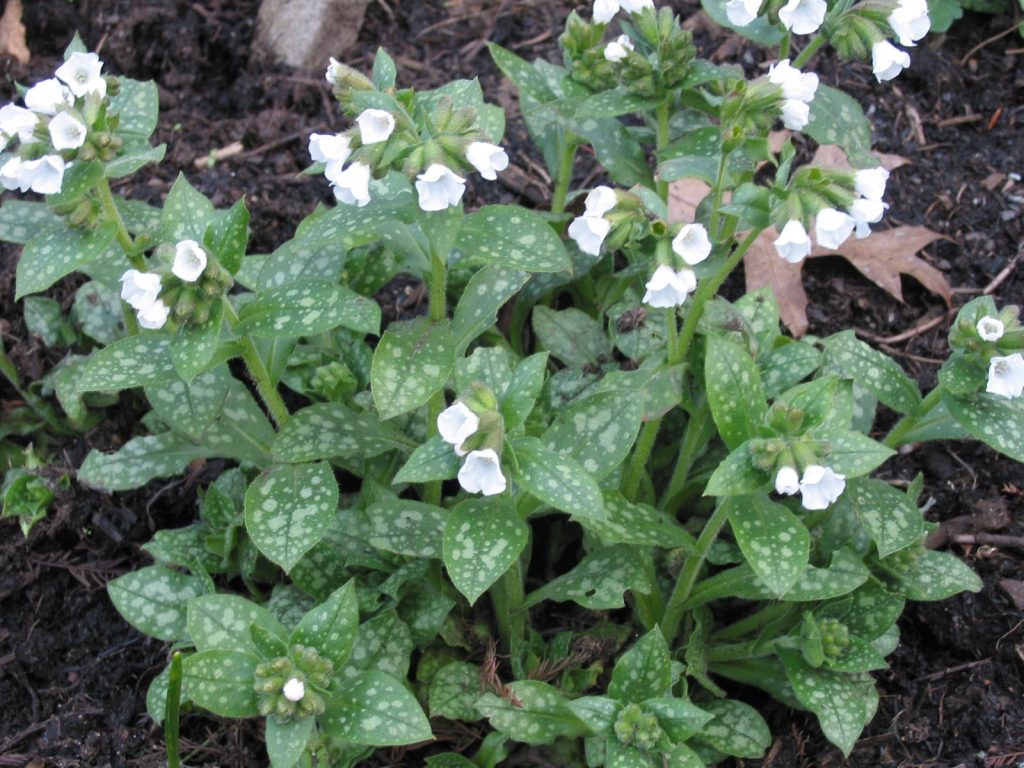
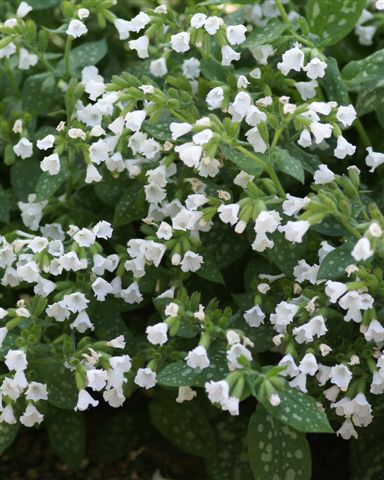

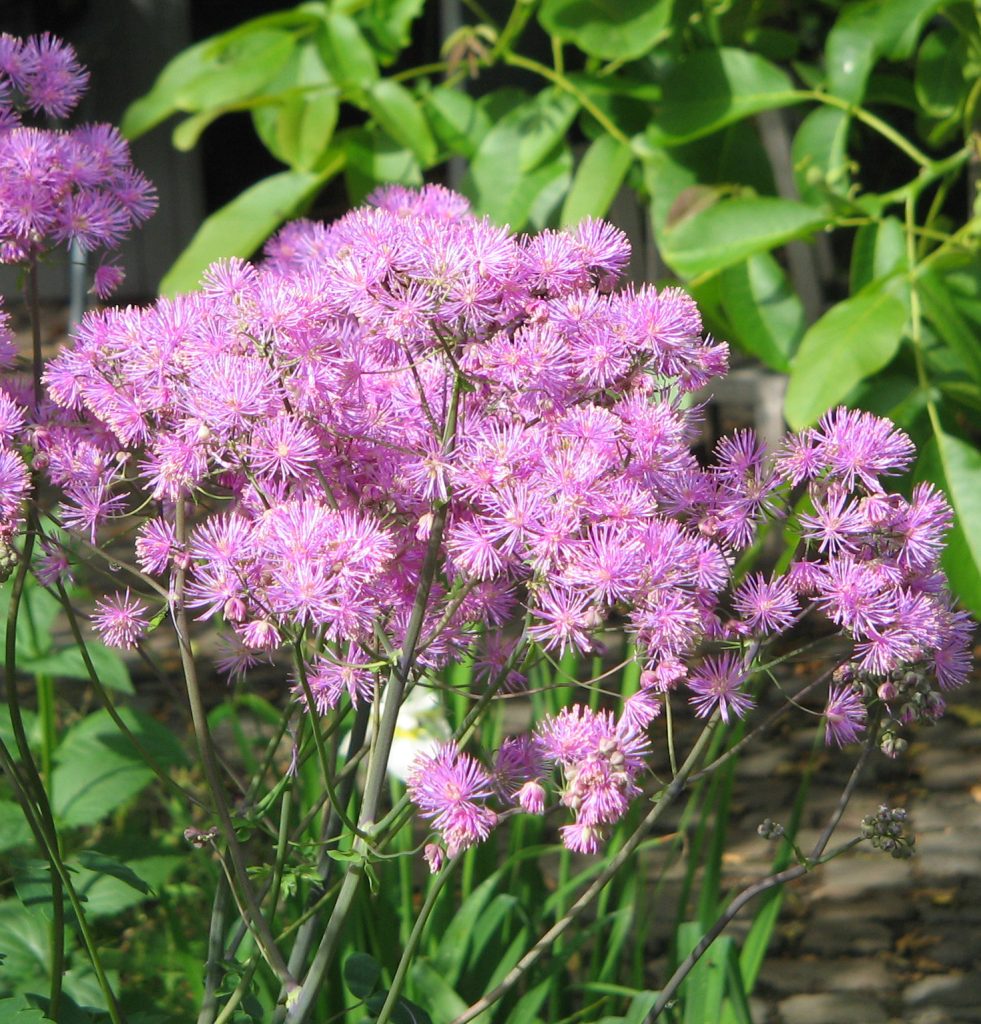





Raven
Thank you!!! This page is the most excellent resource I have ever found for our growing conditions, here in Northern Alberta! This information about plant species that grow well in shade and cold is sooooooo helpful! I have multiple perrenial gardens all around our property and needed some good suggestions for the various locations, so Thank you so very much!!!